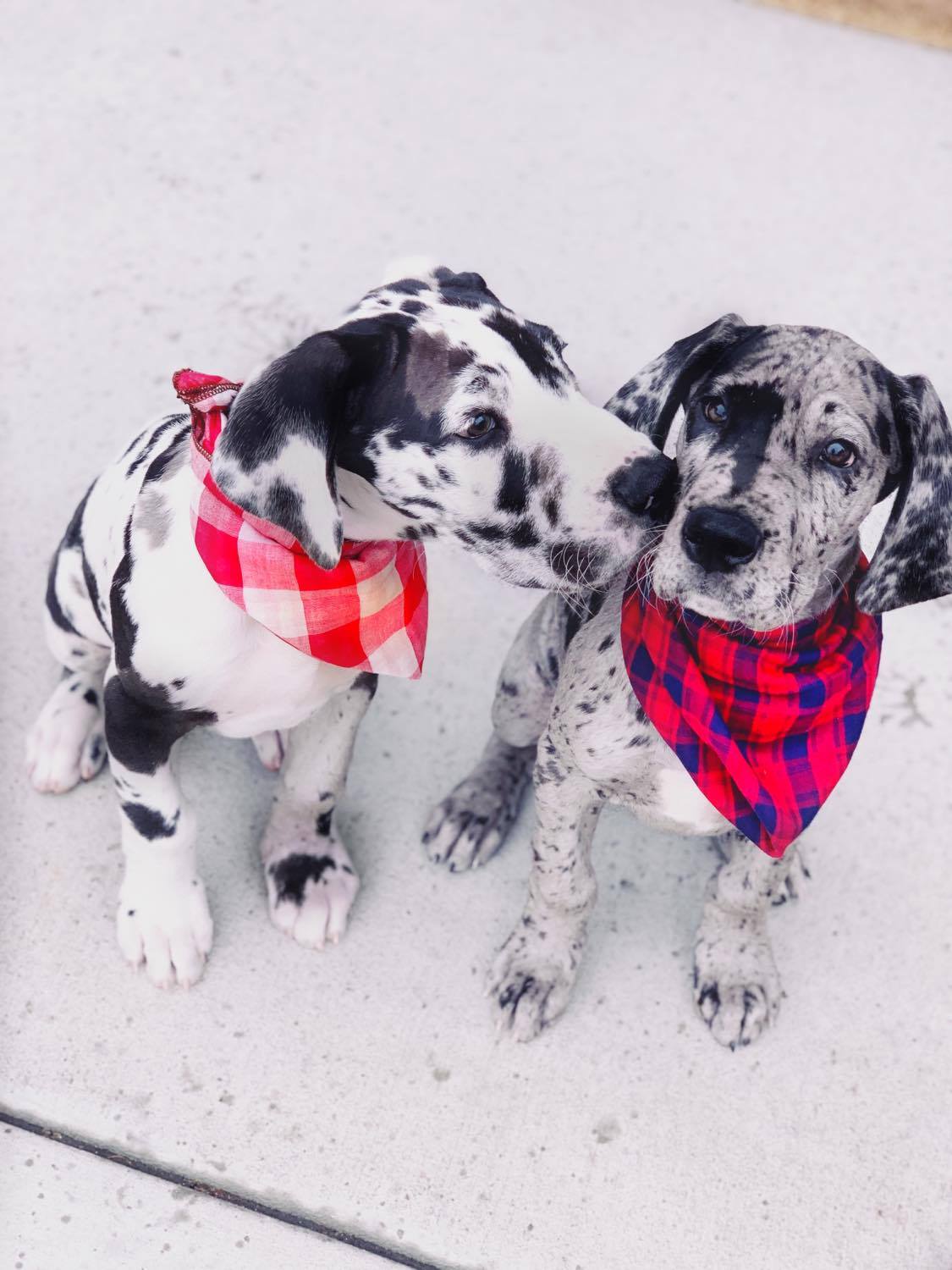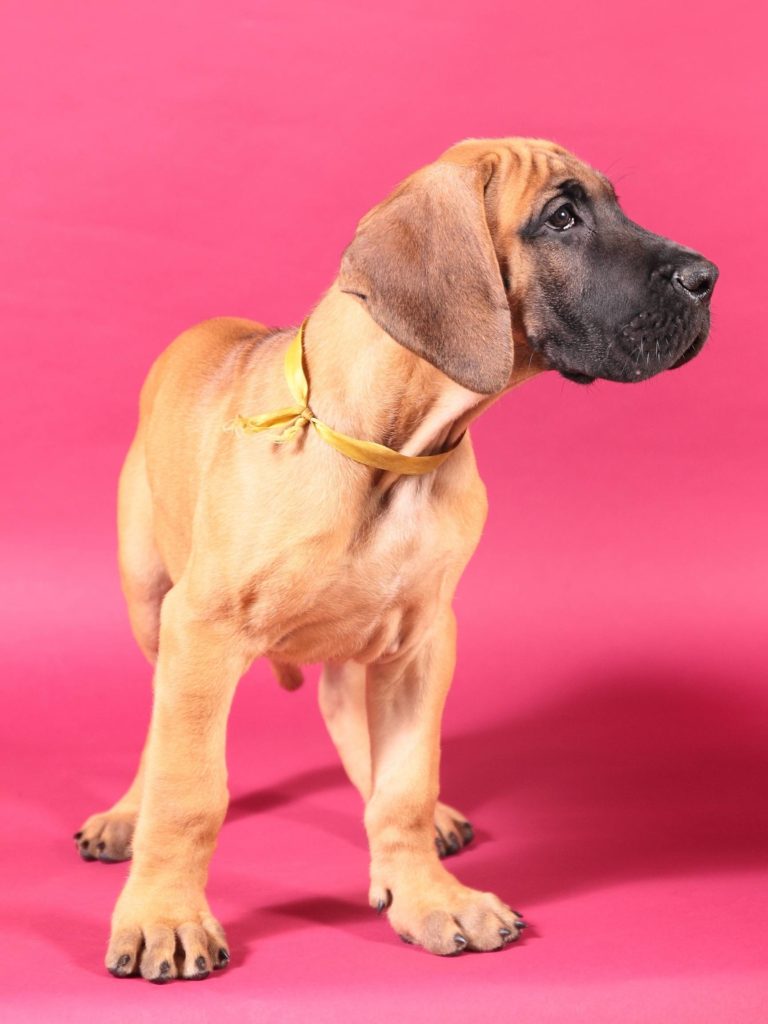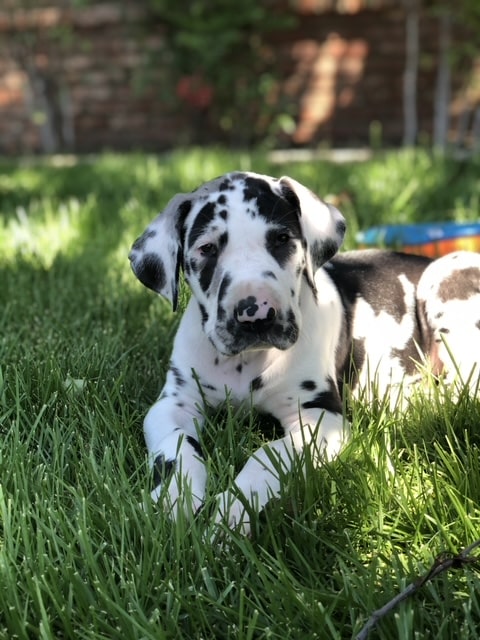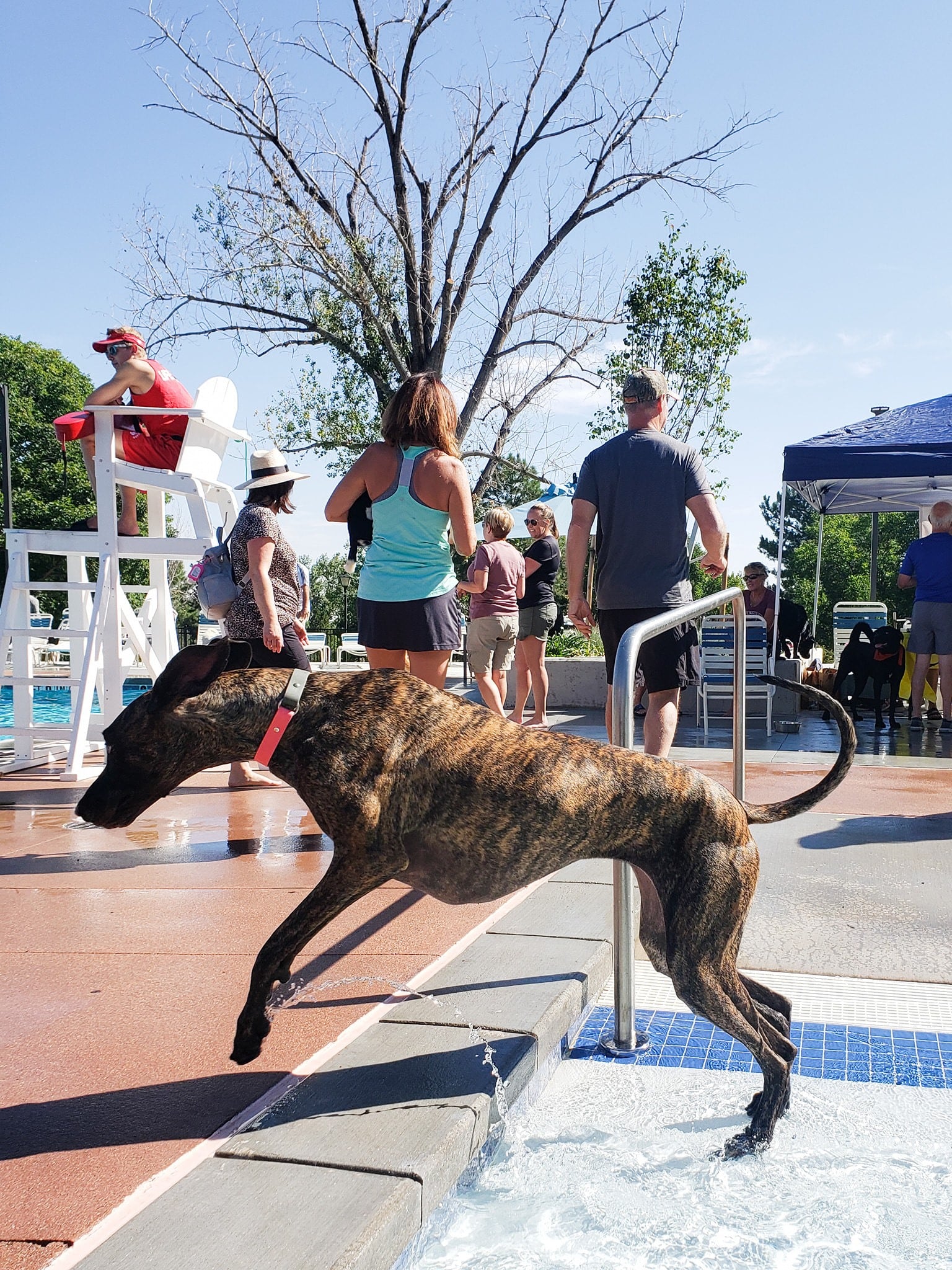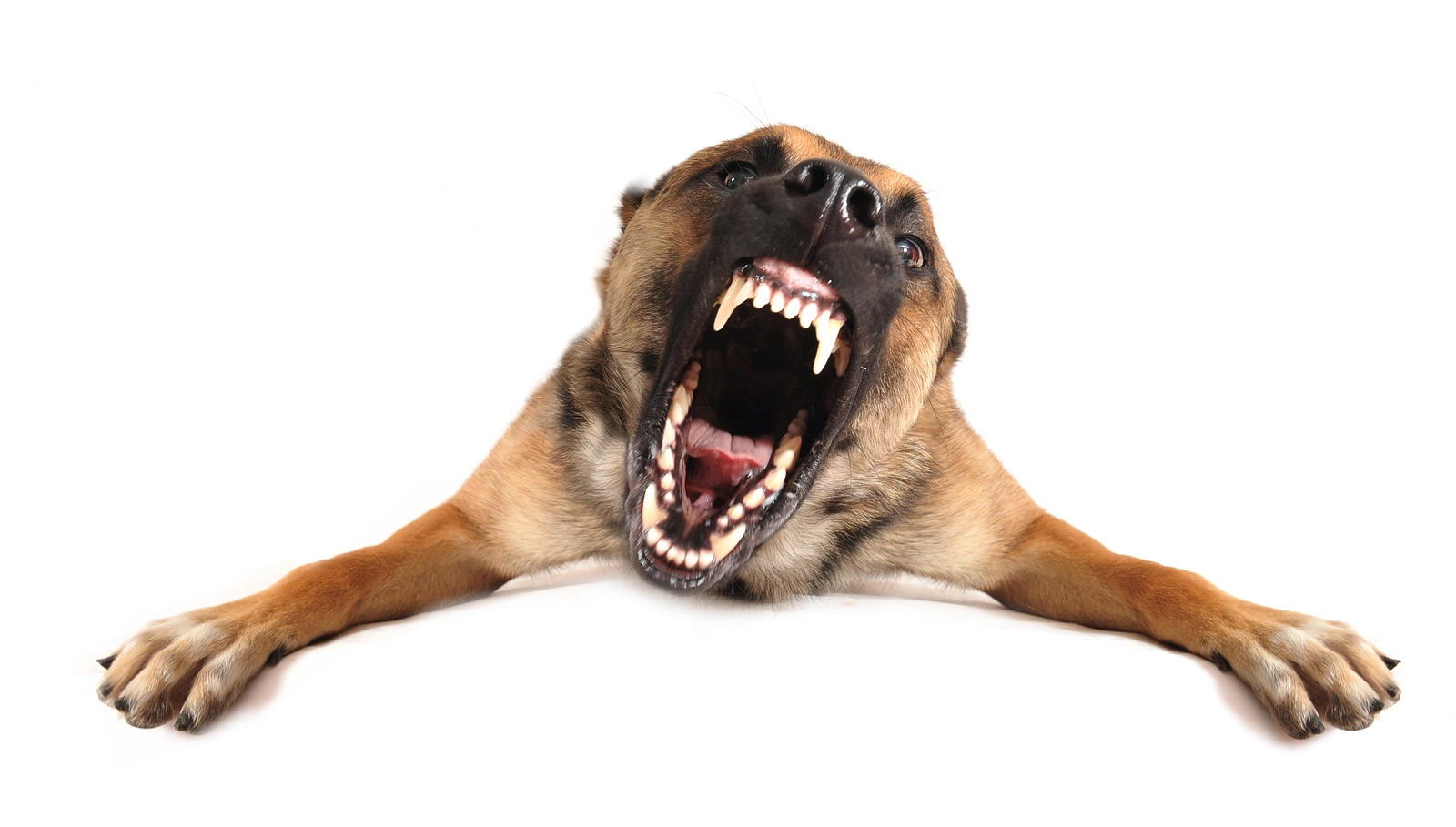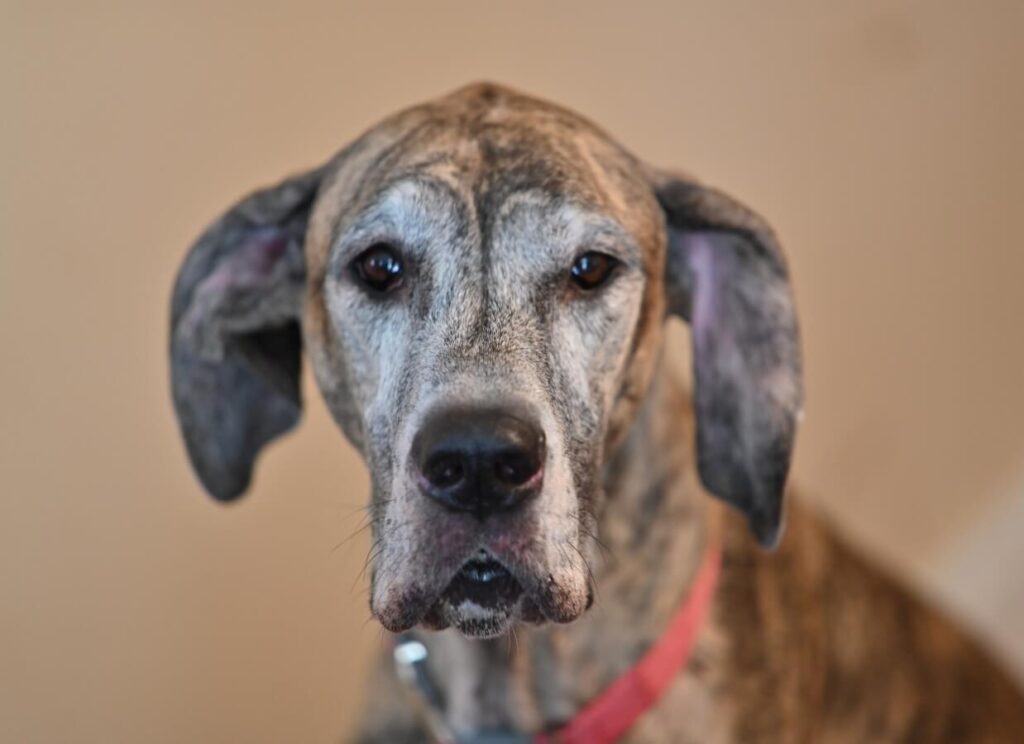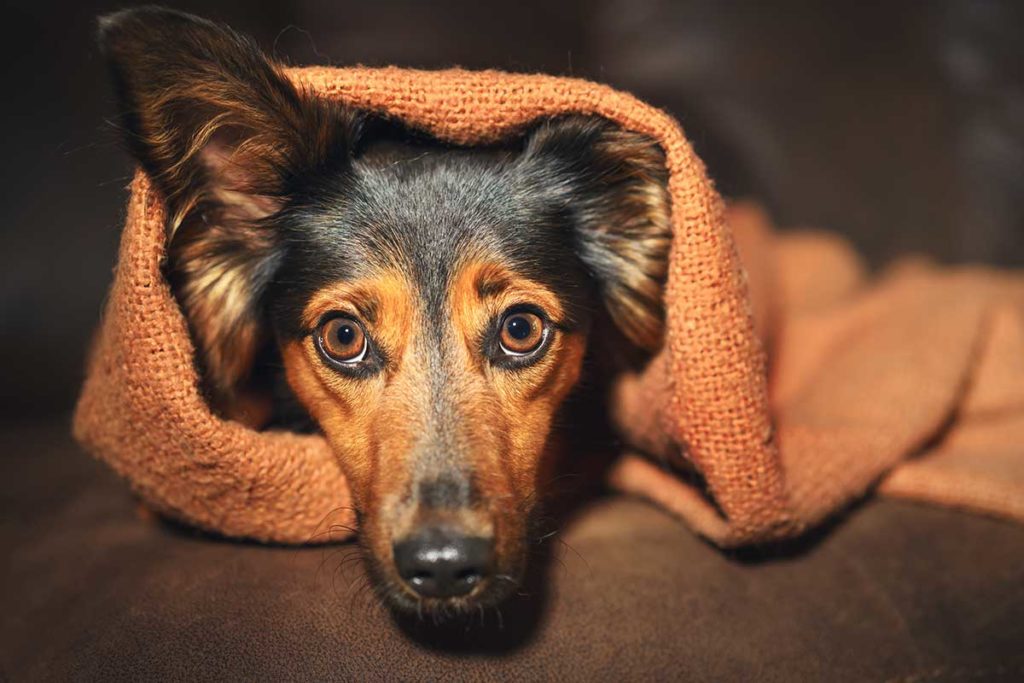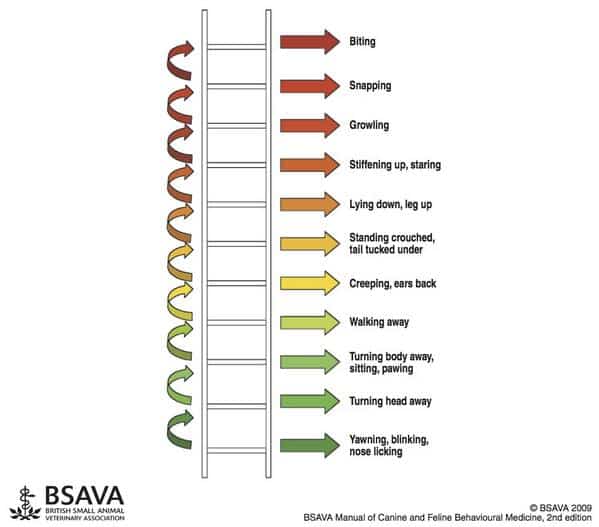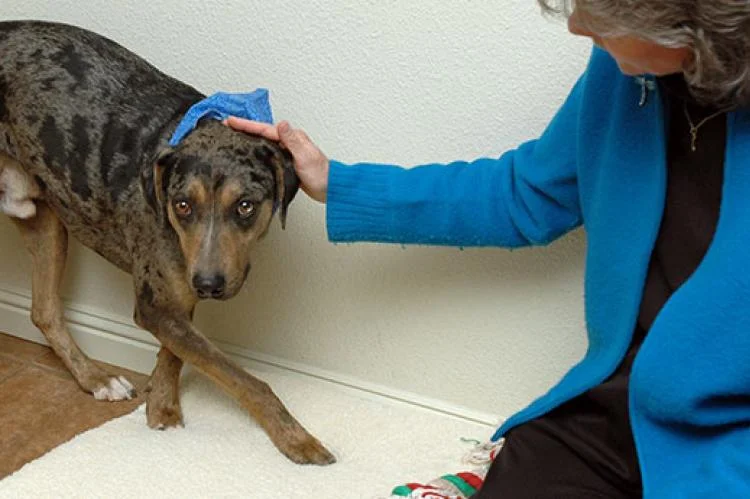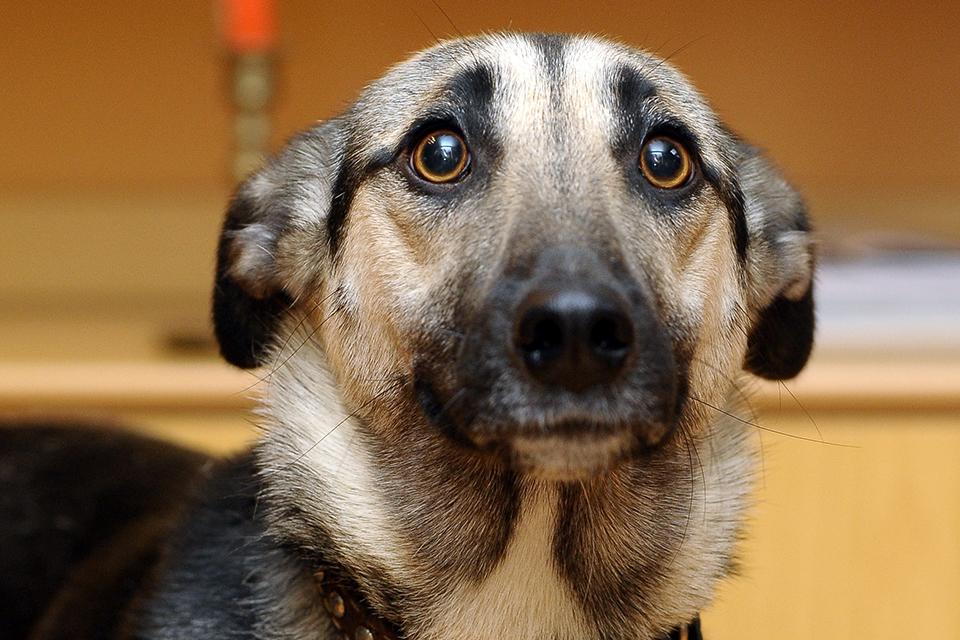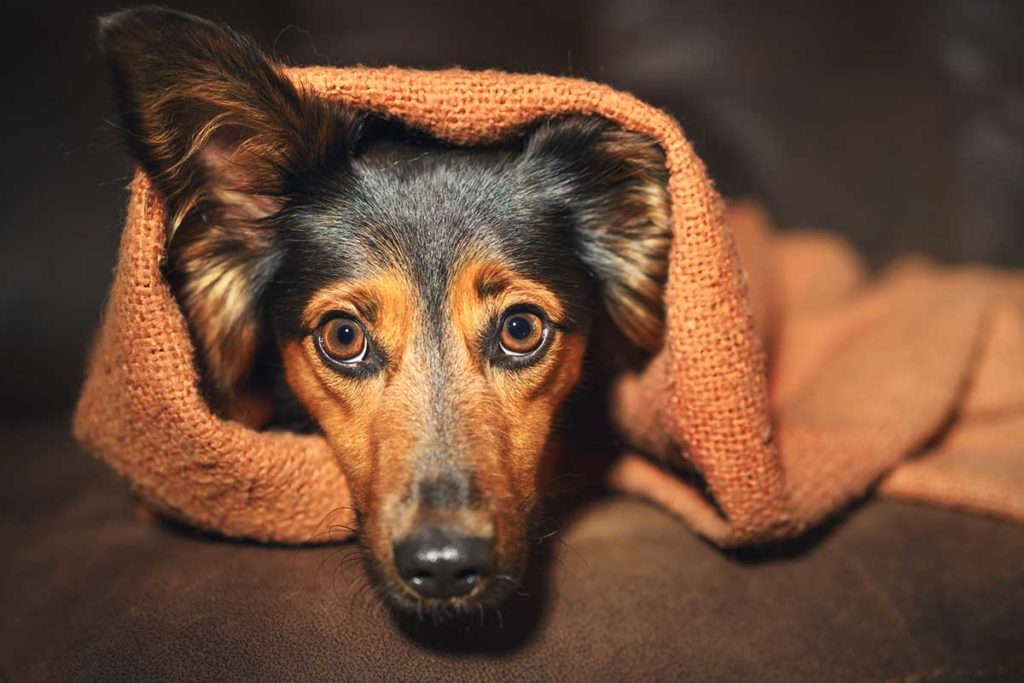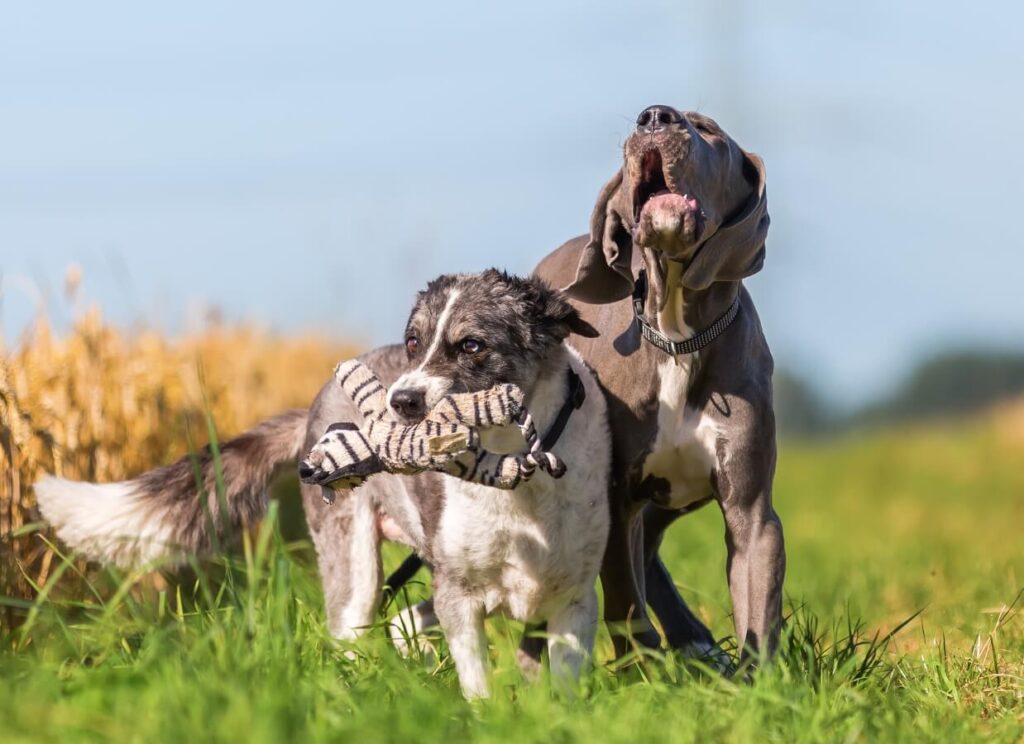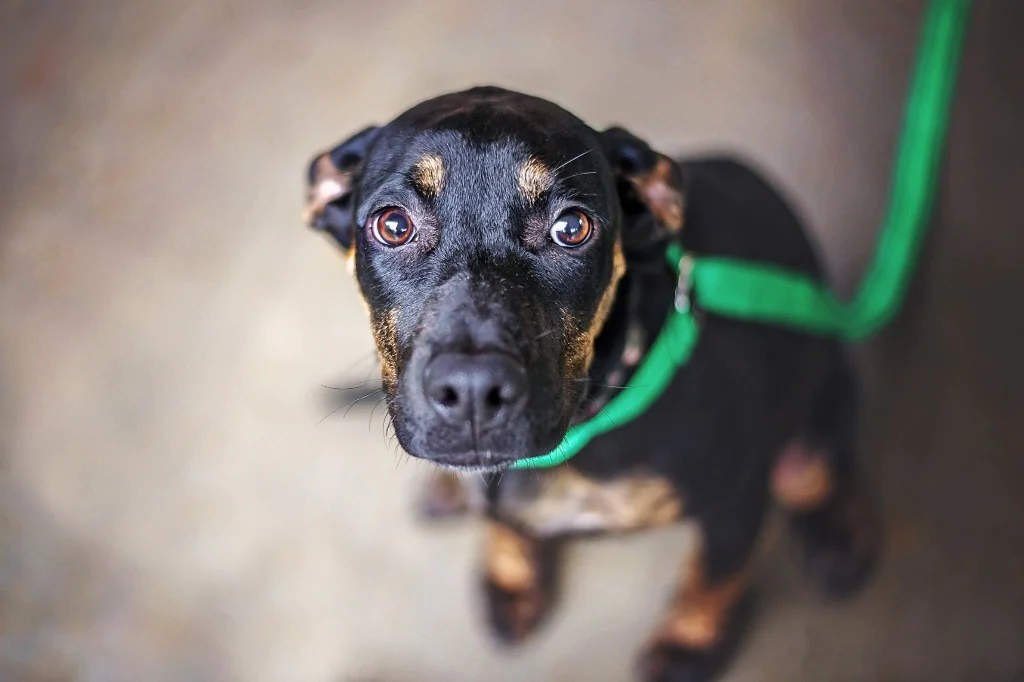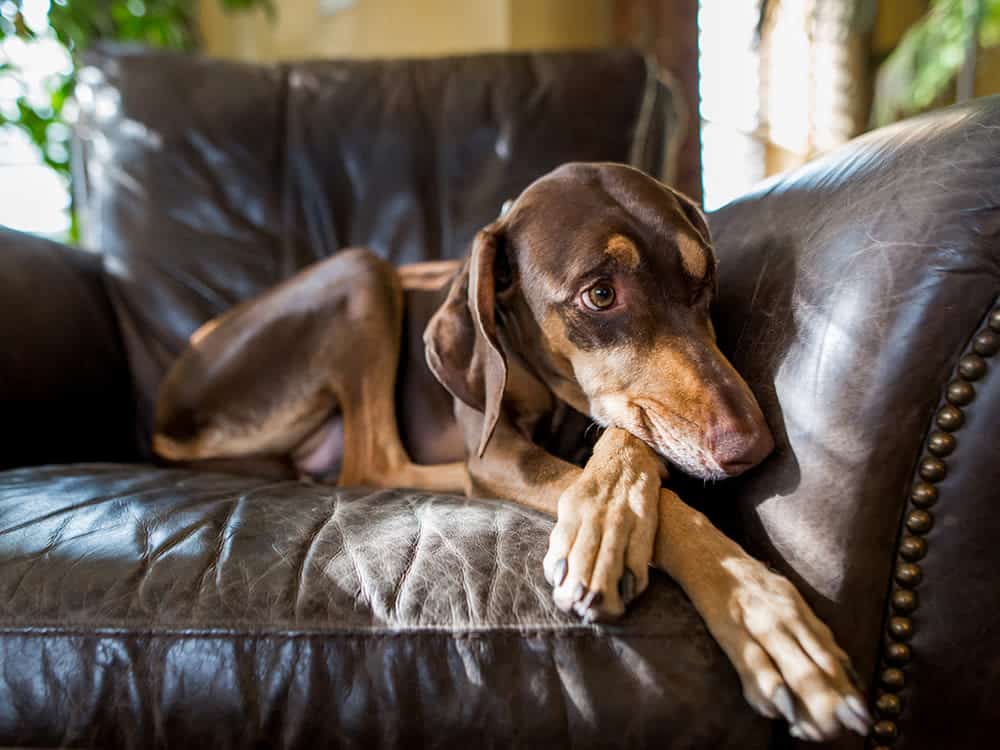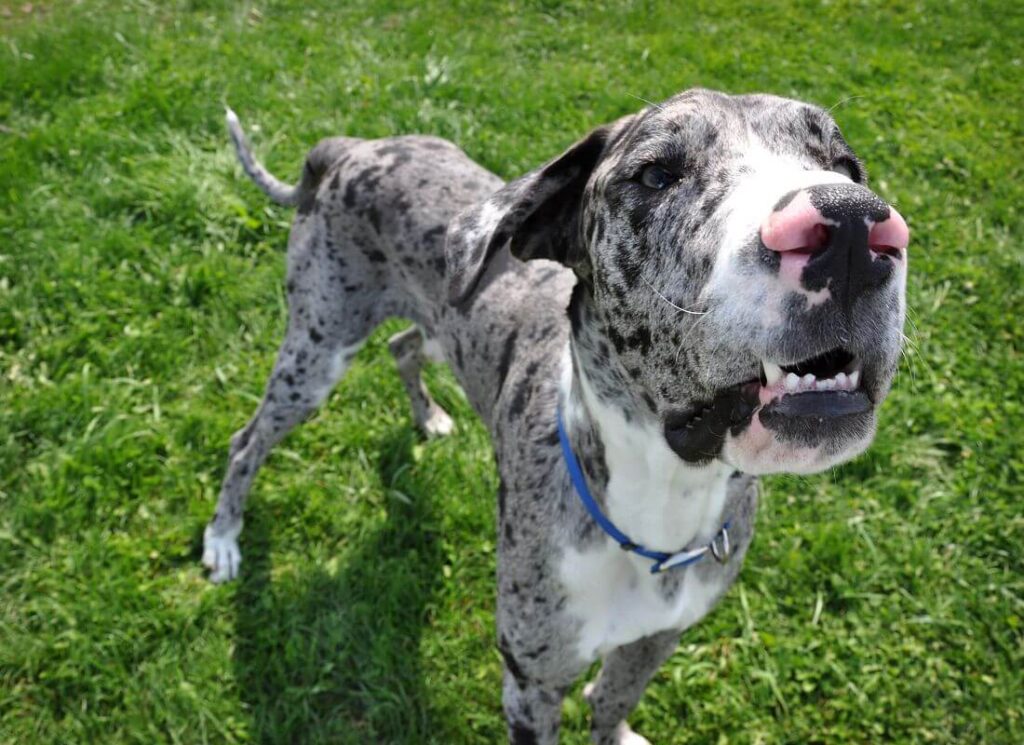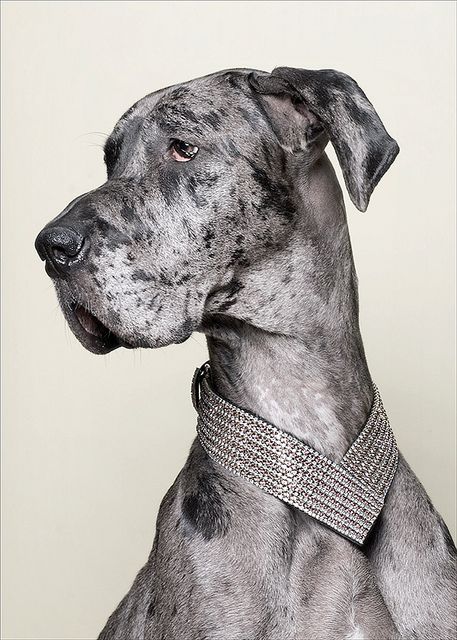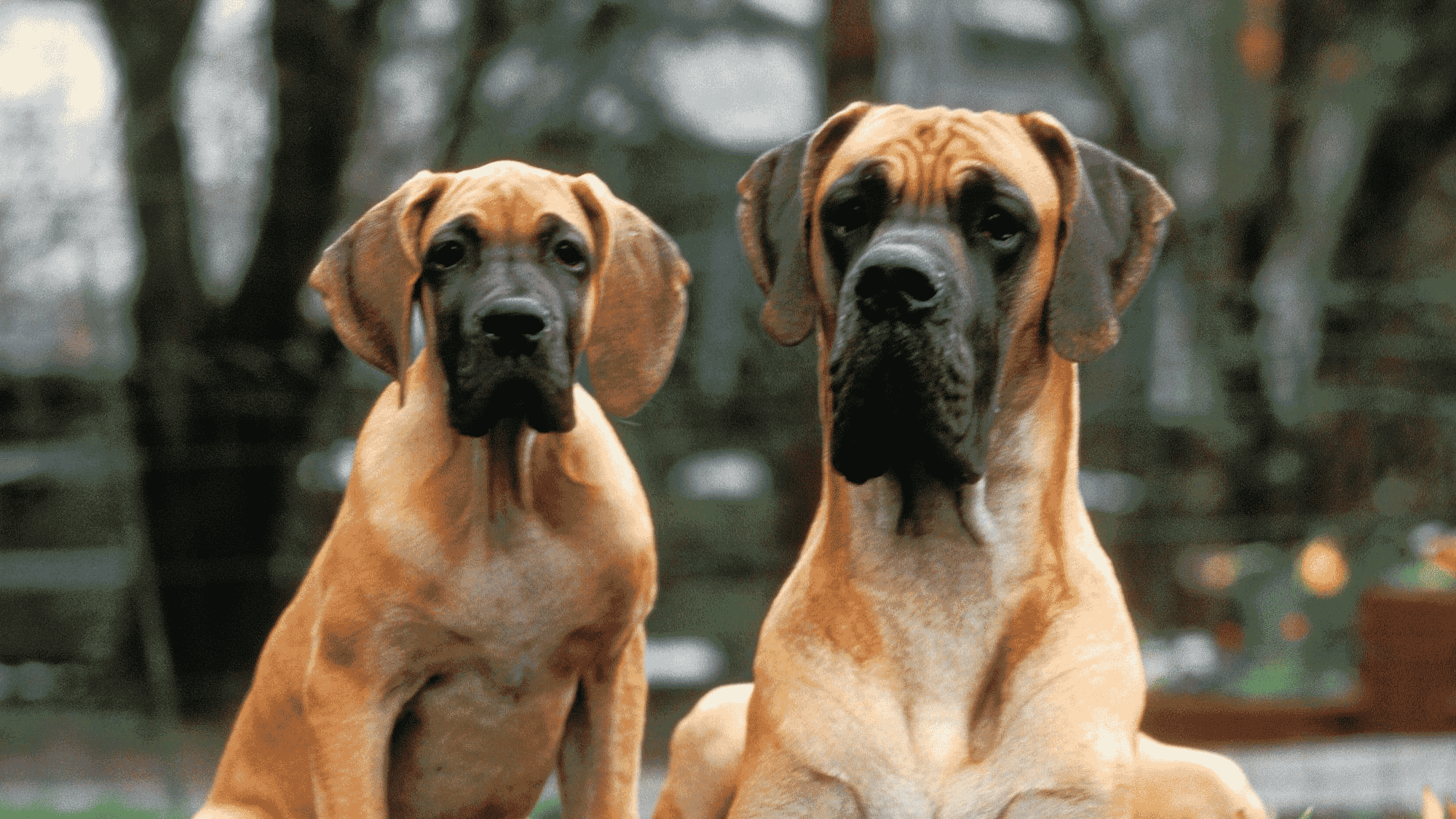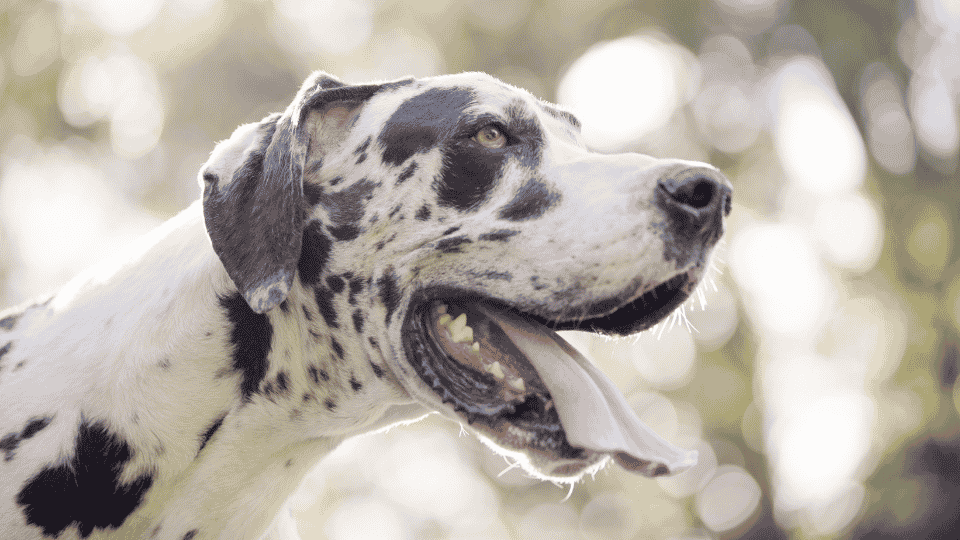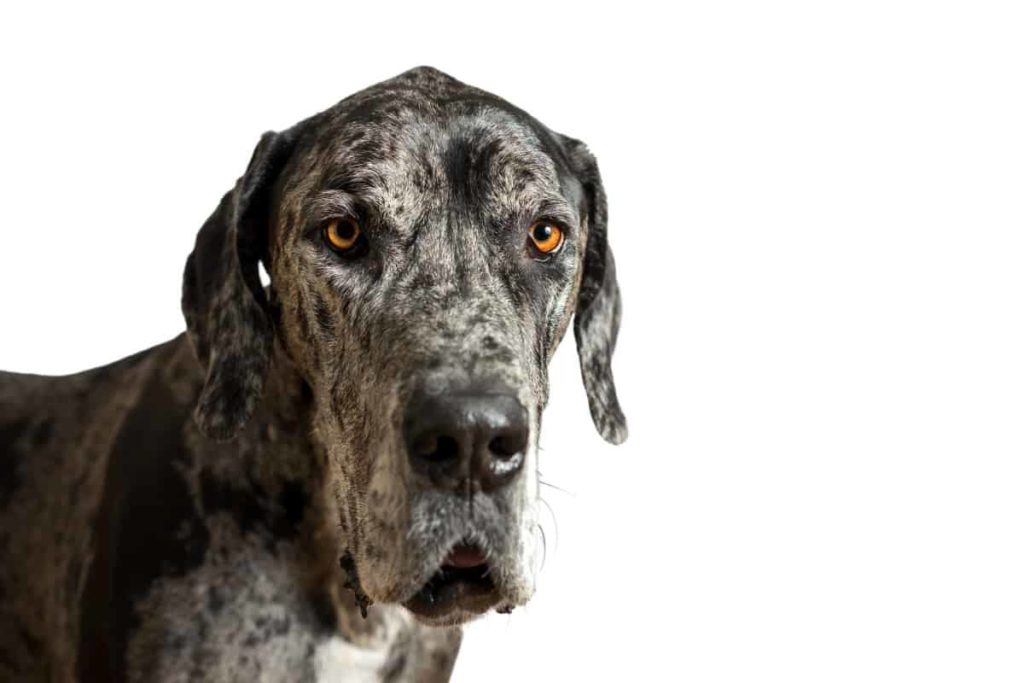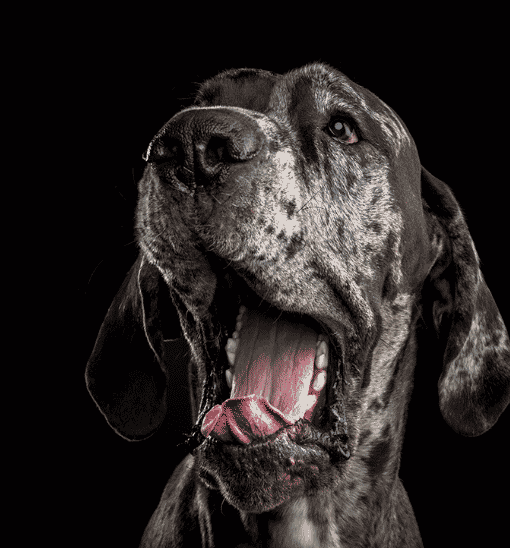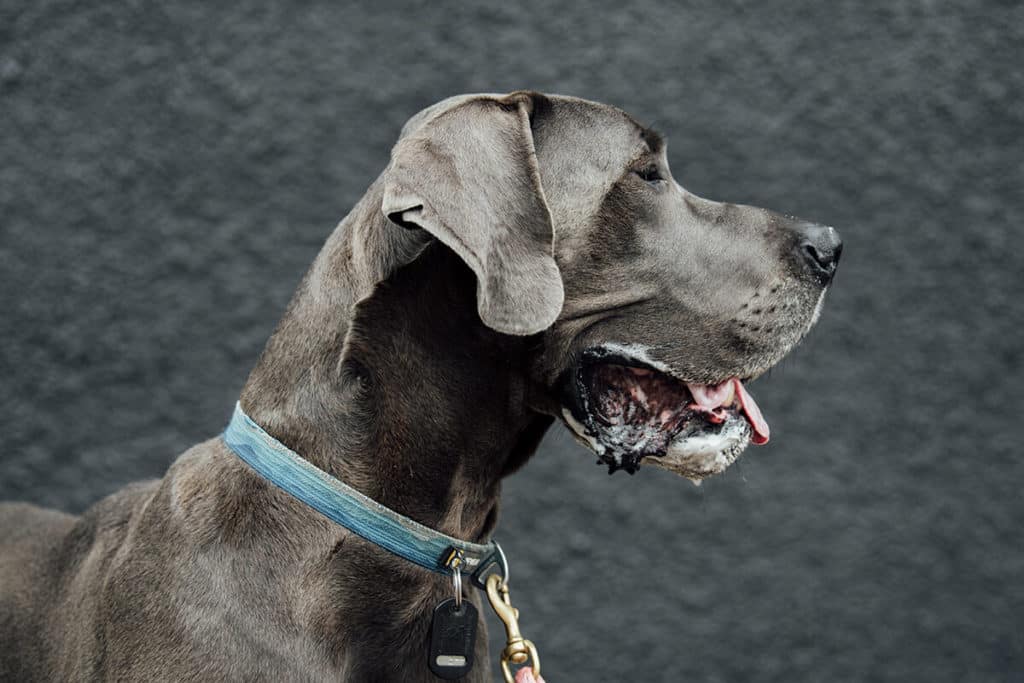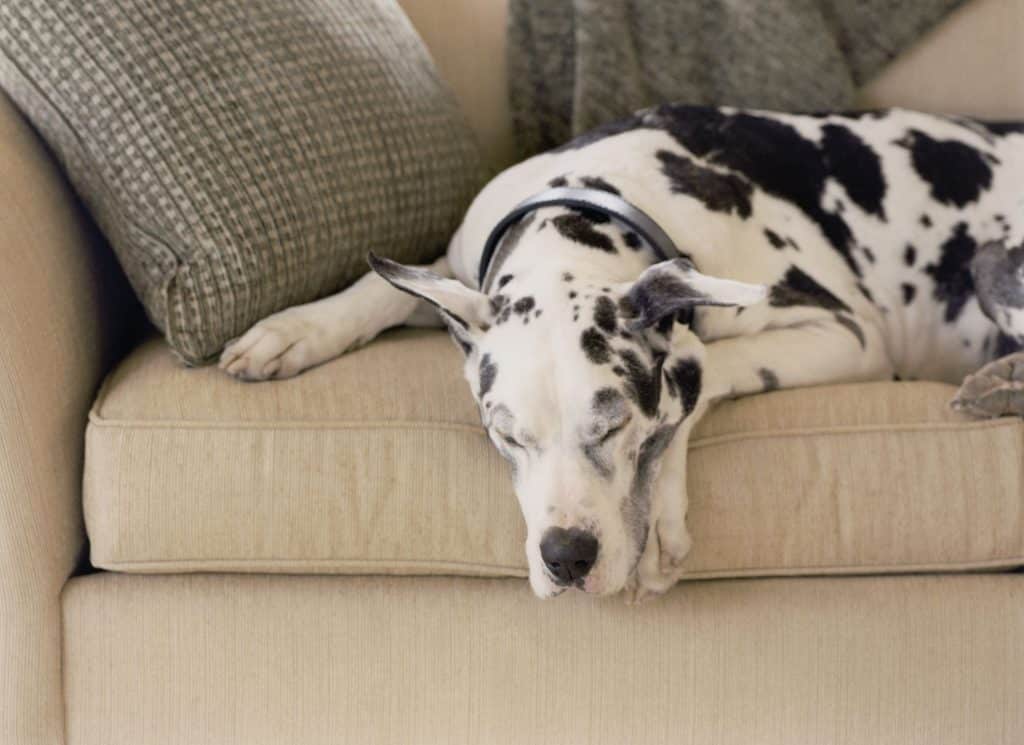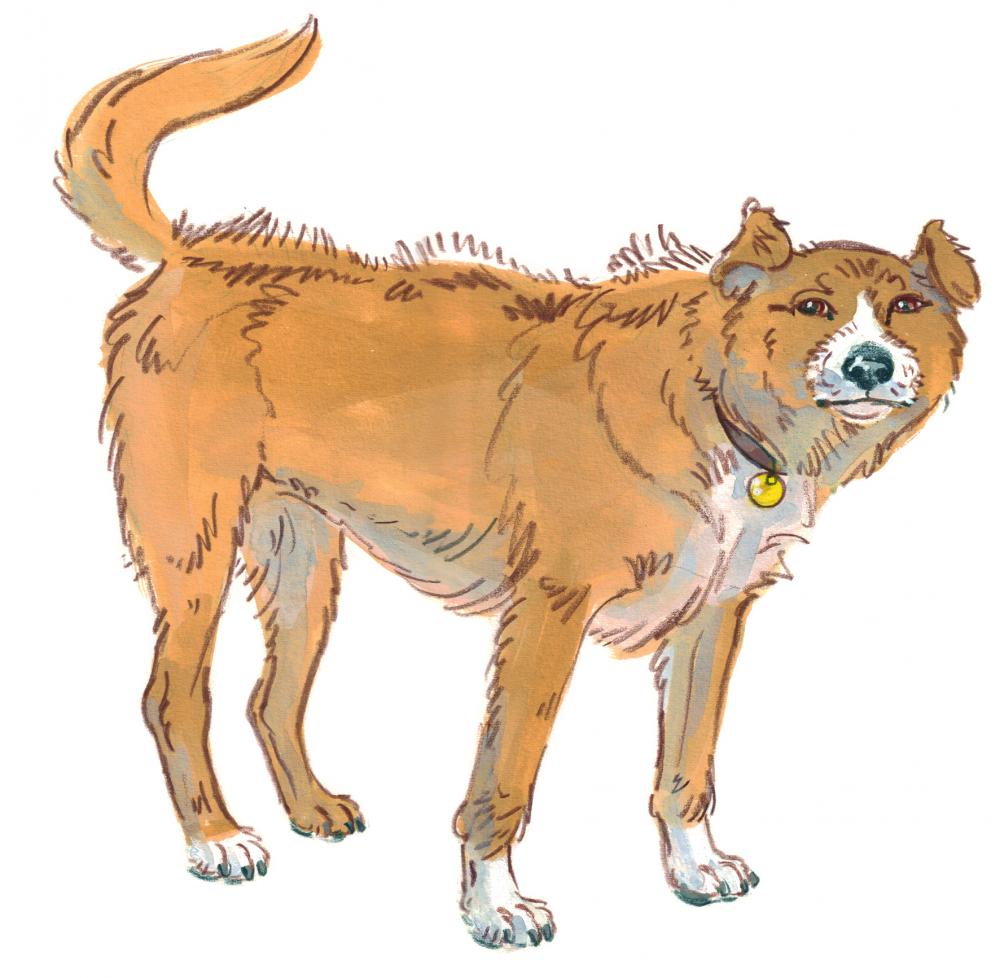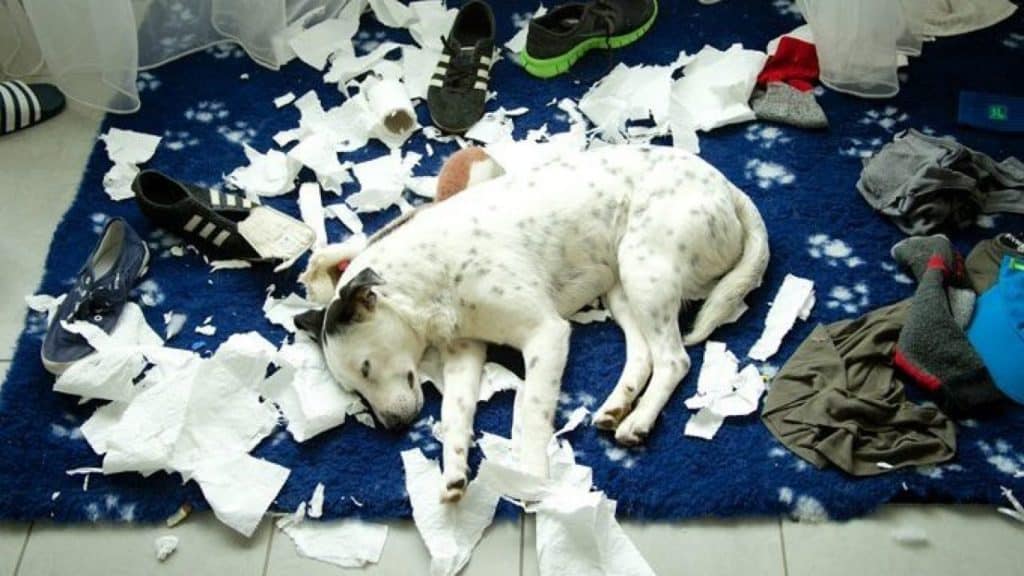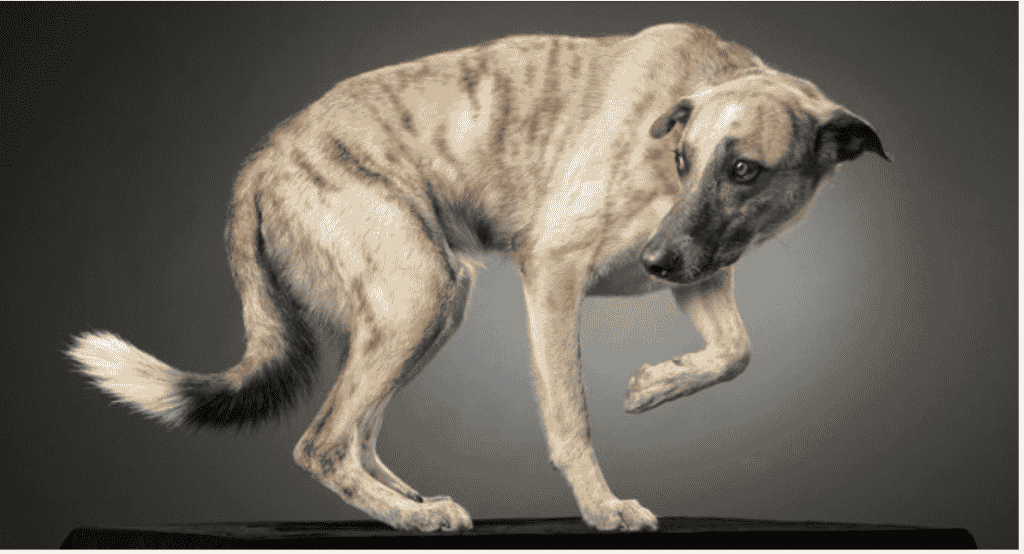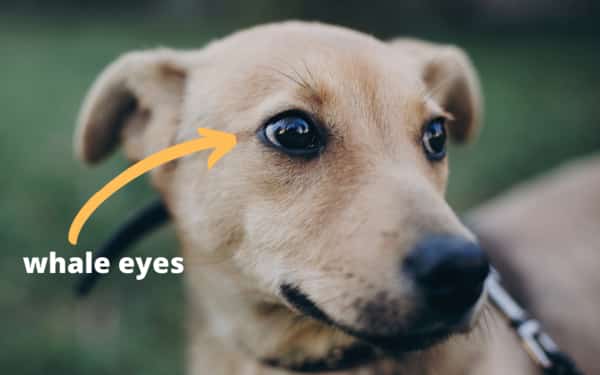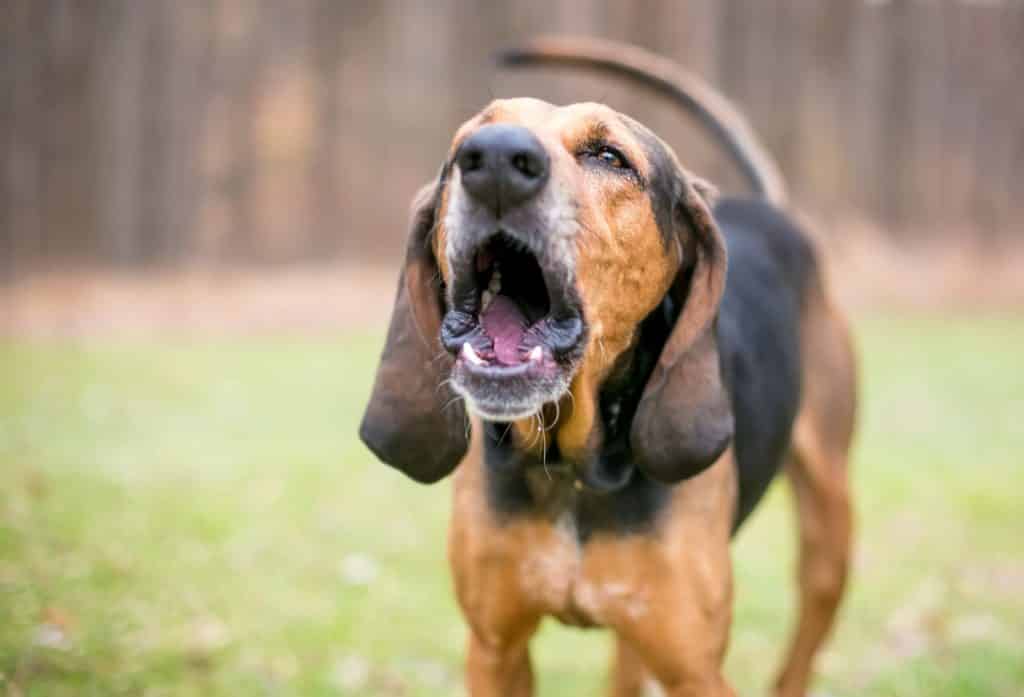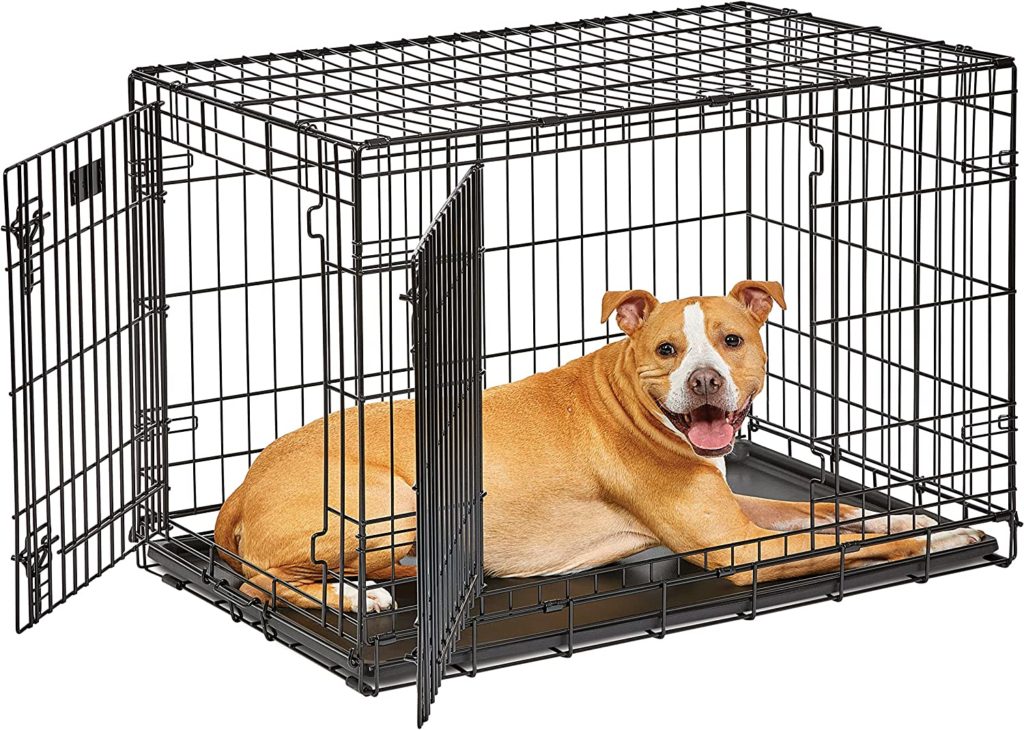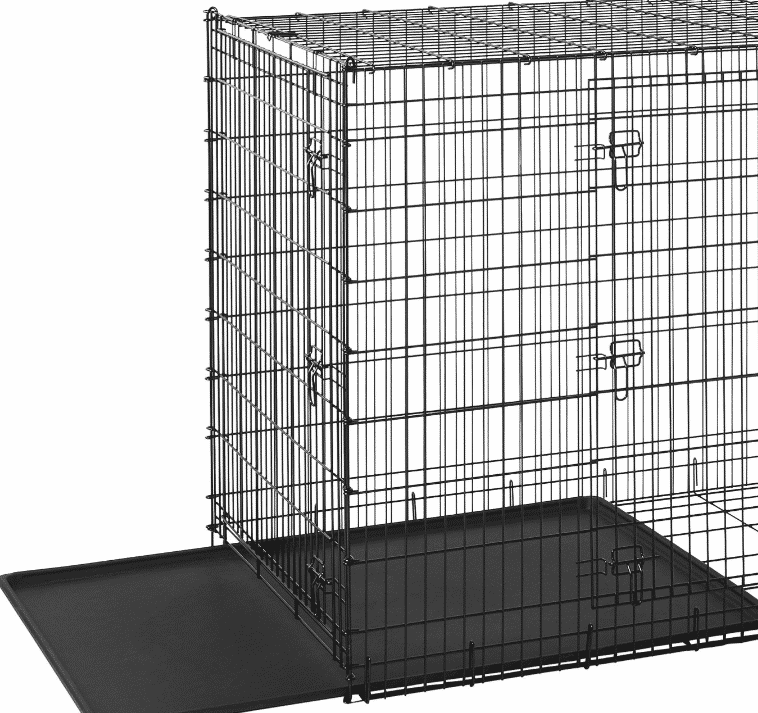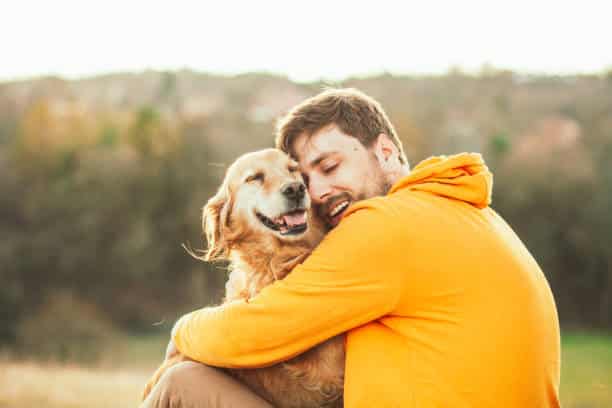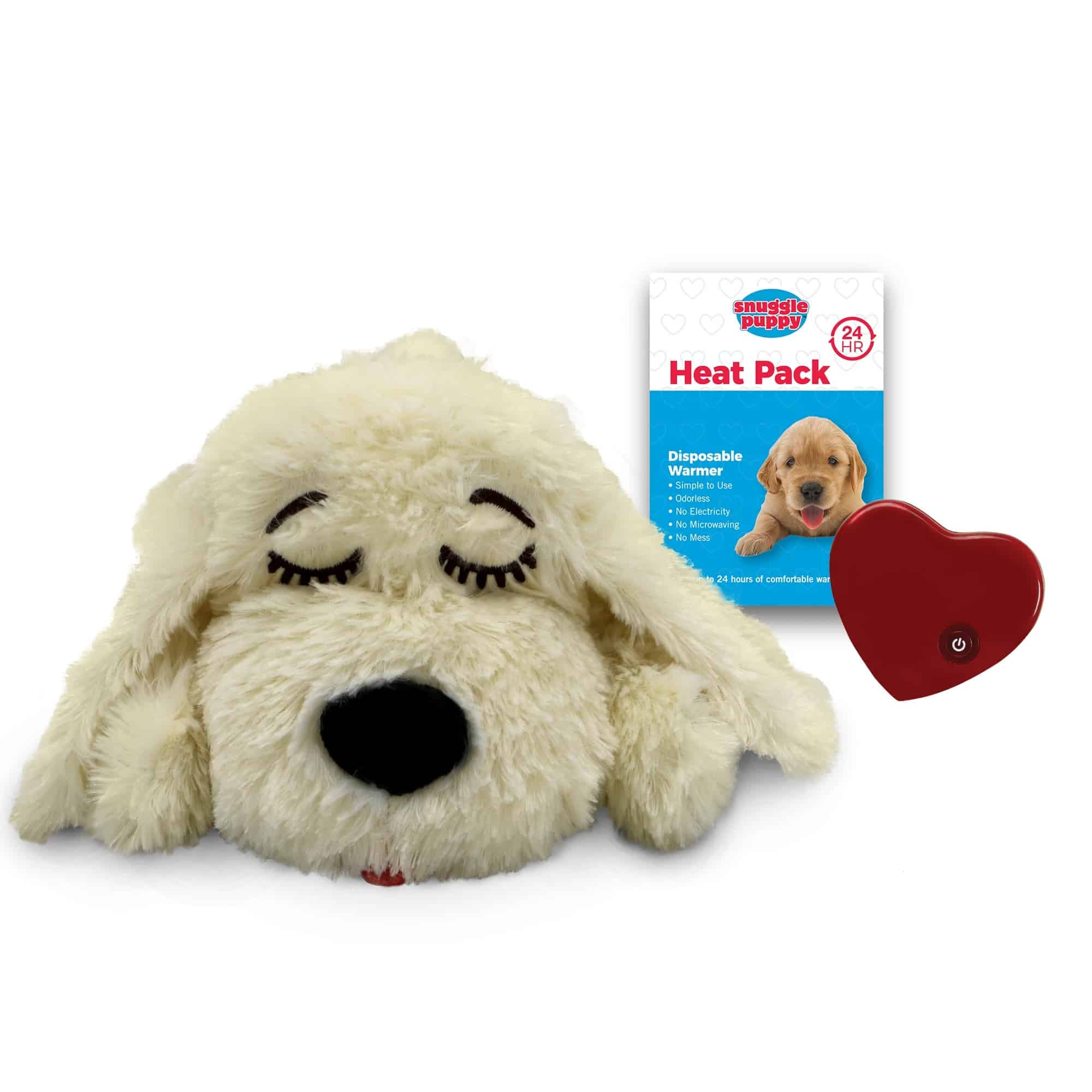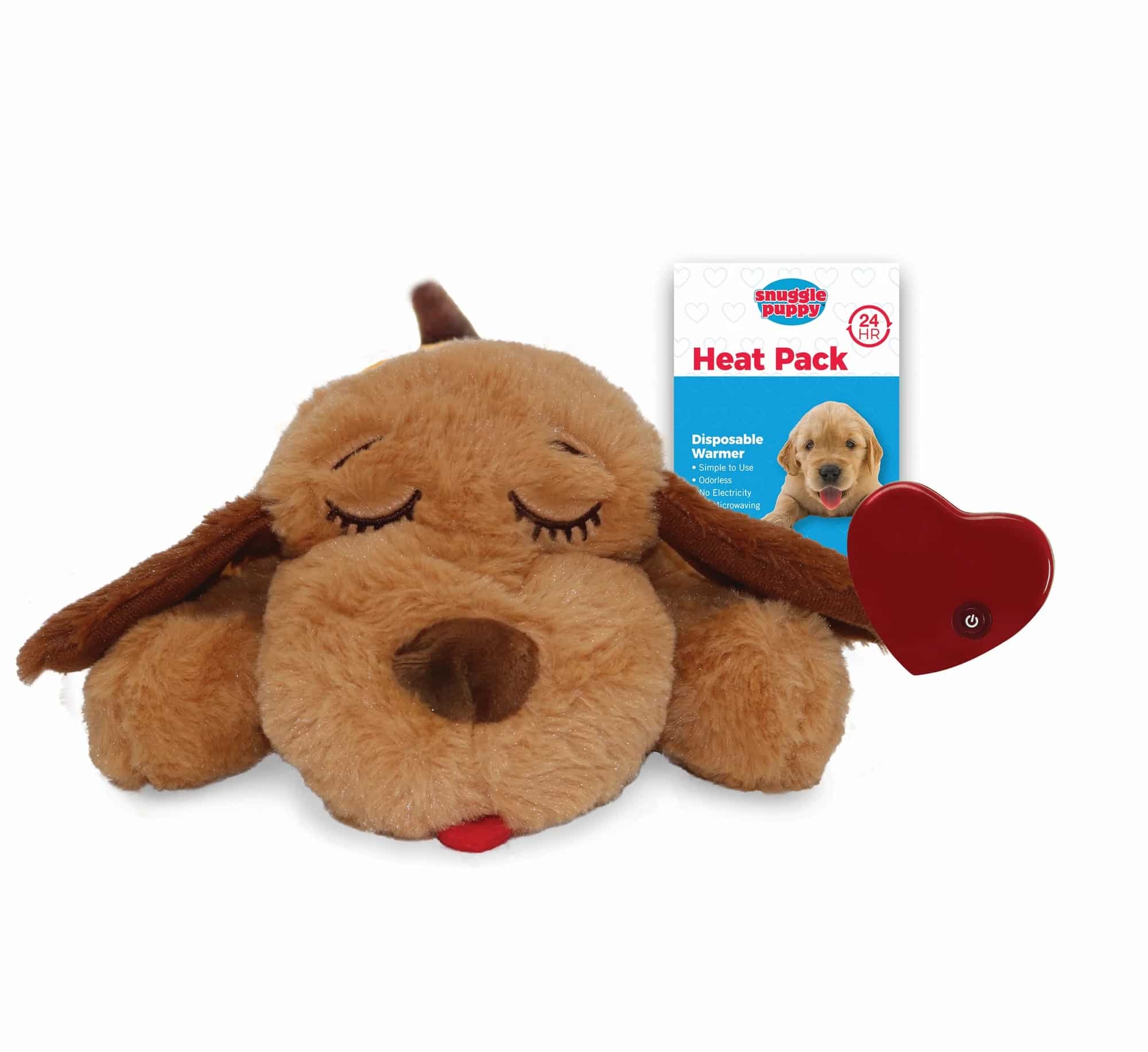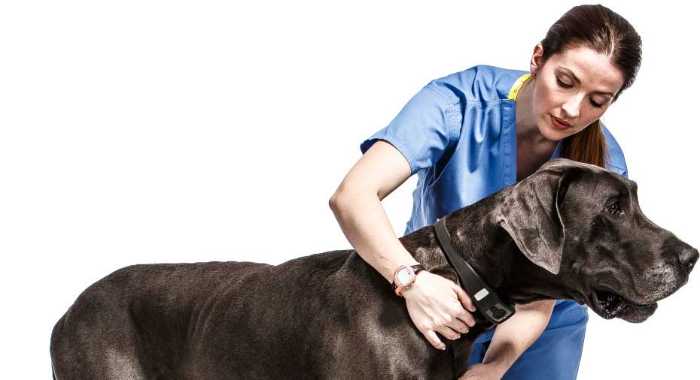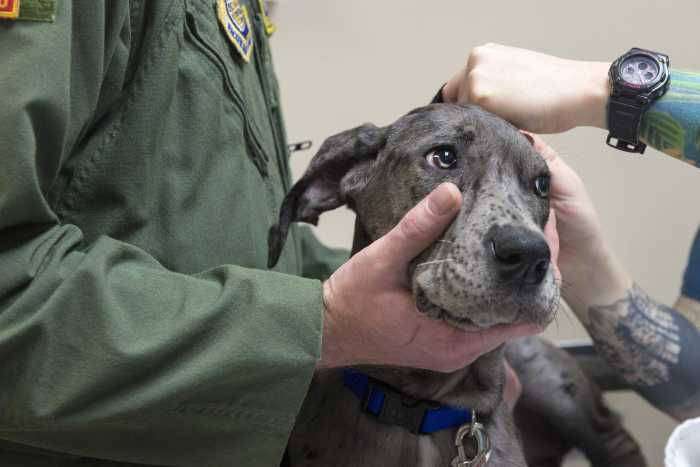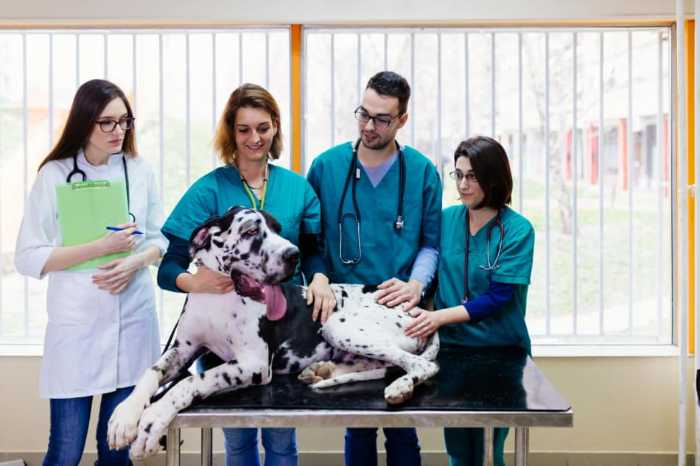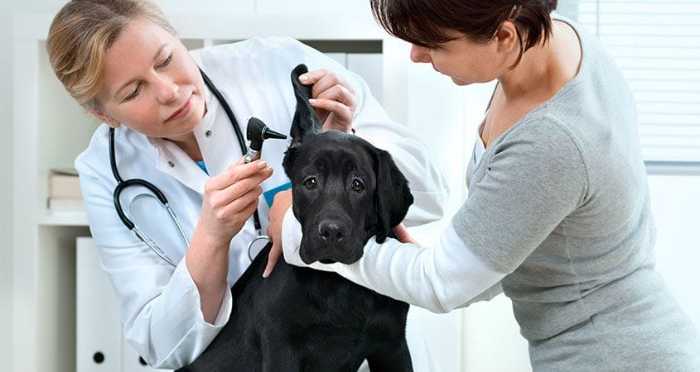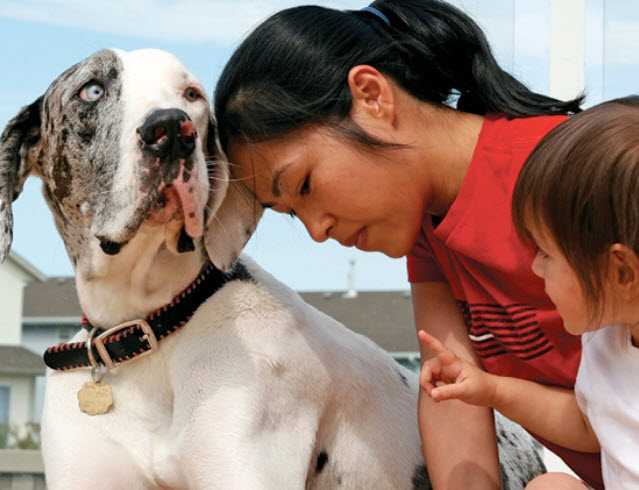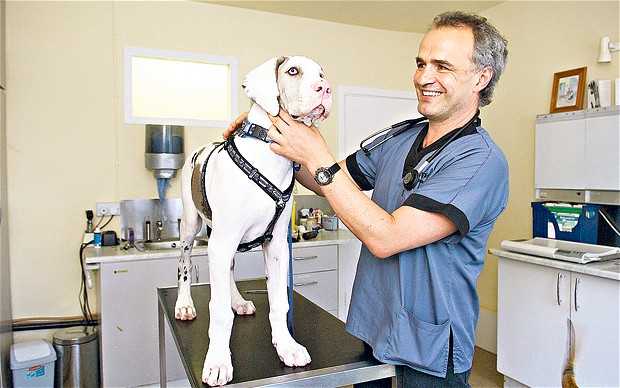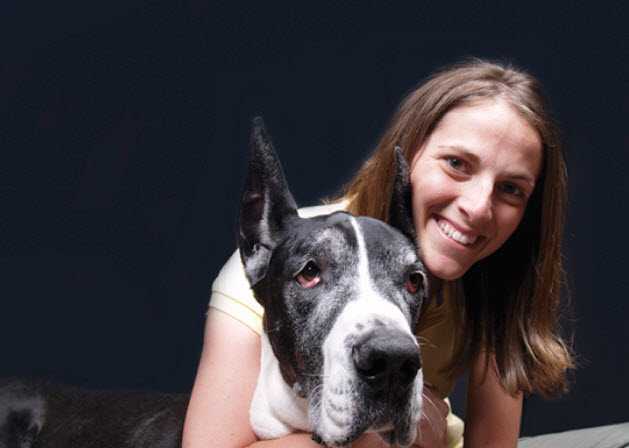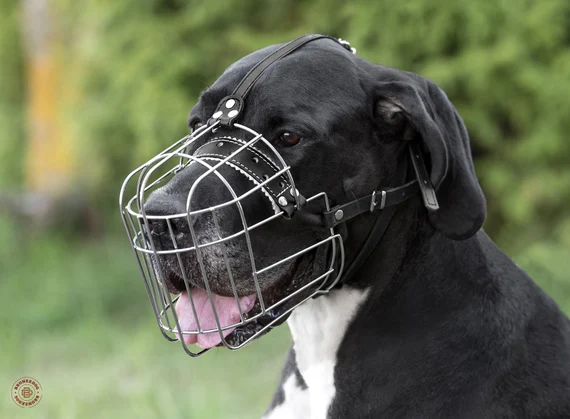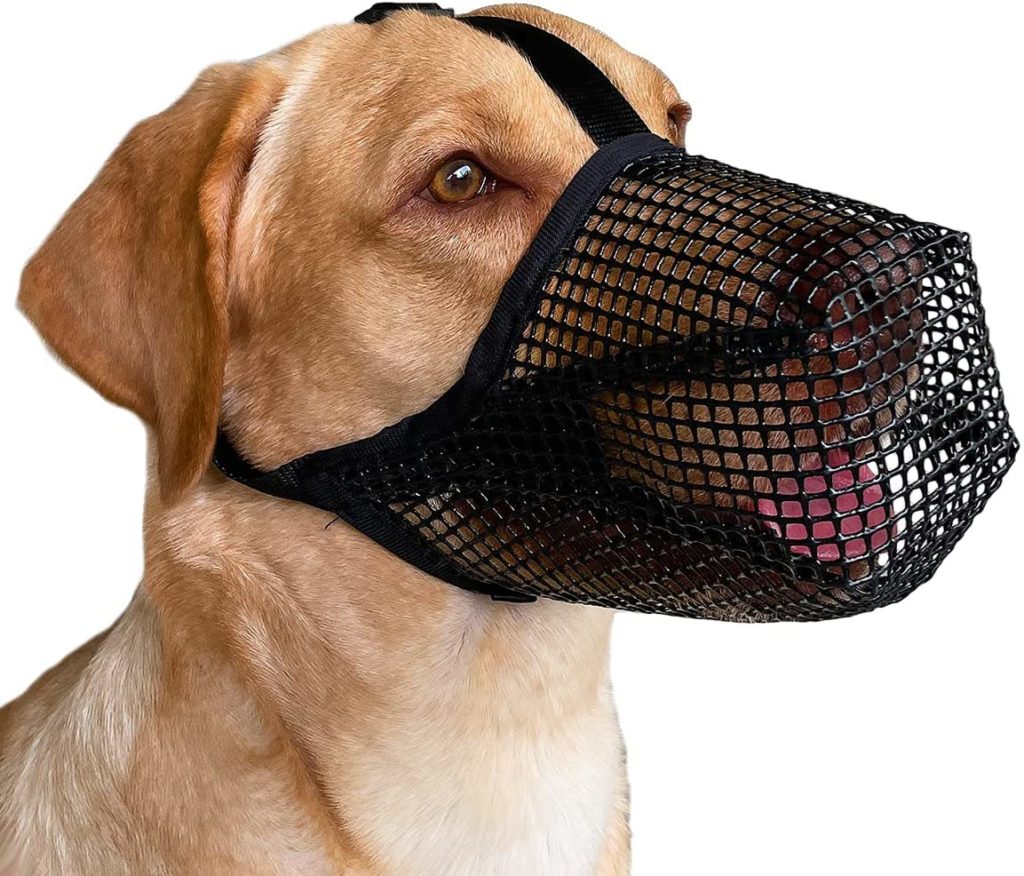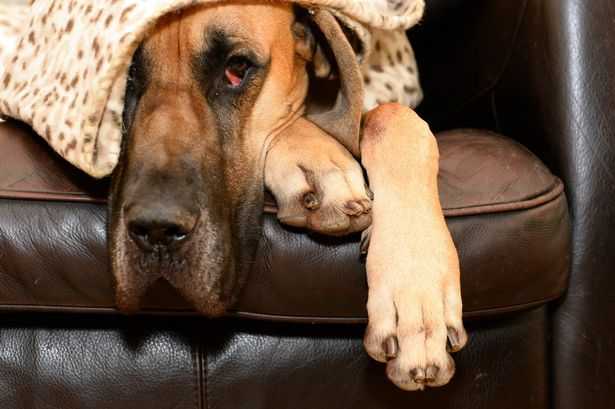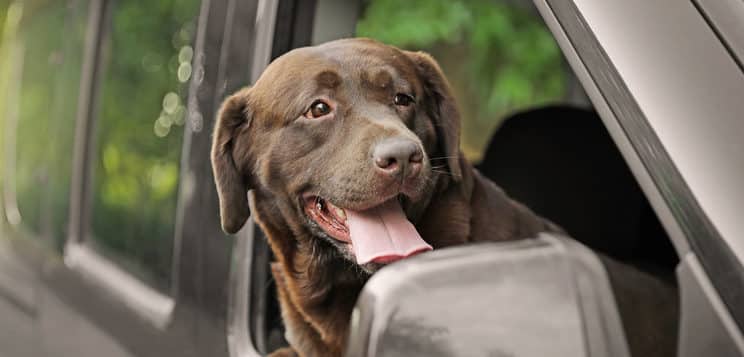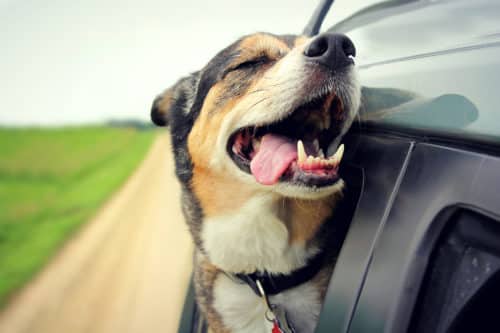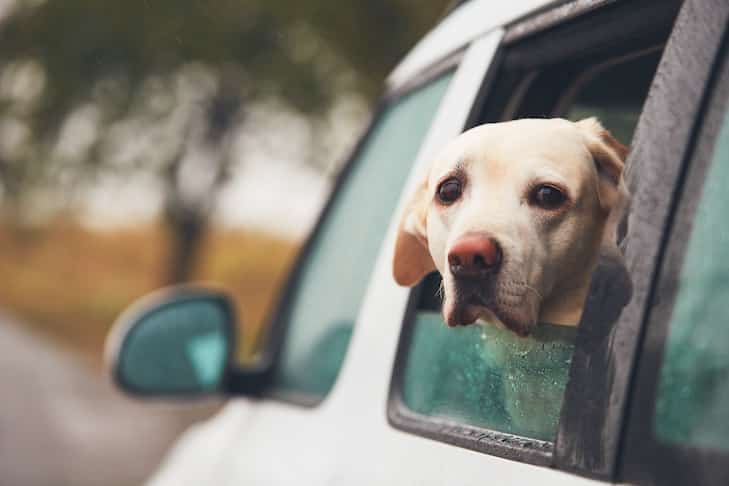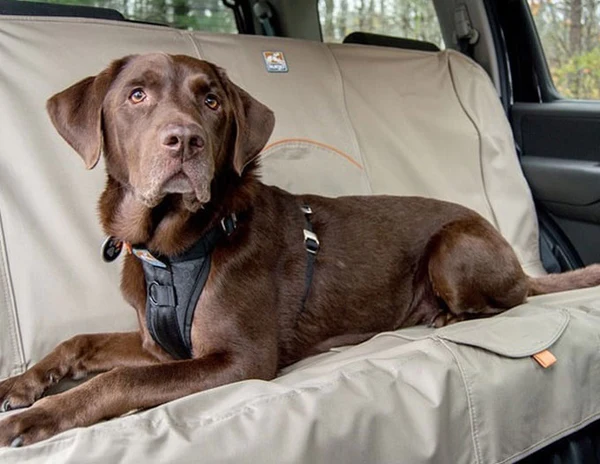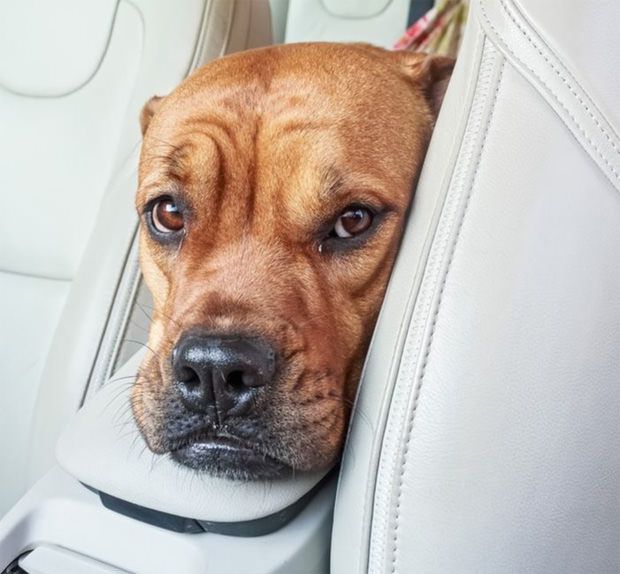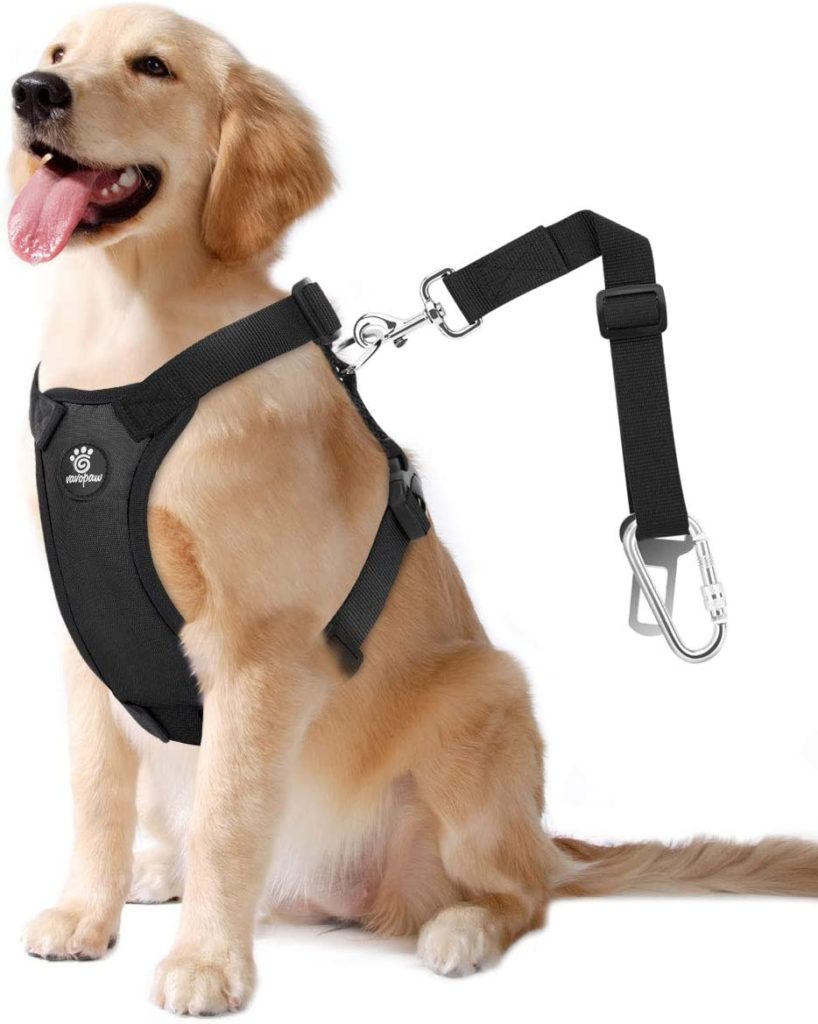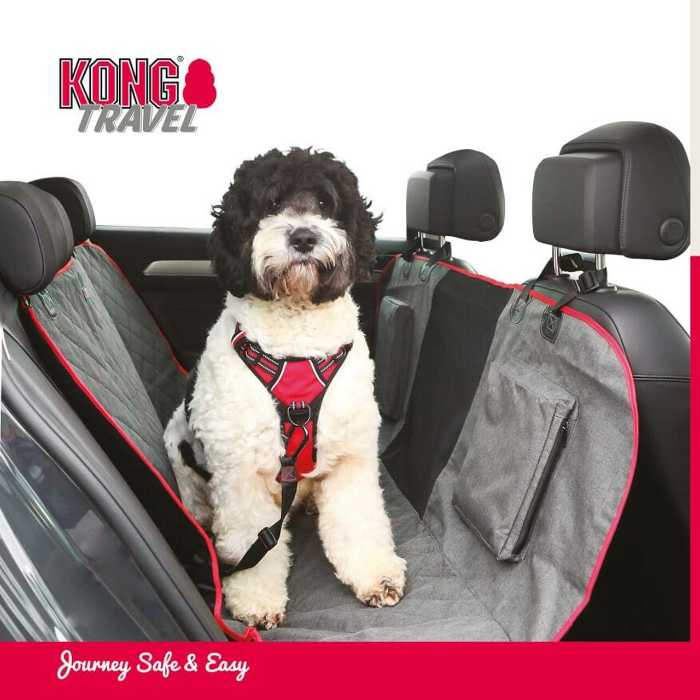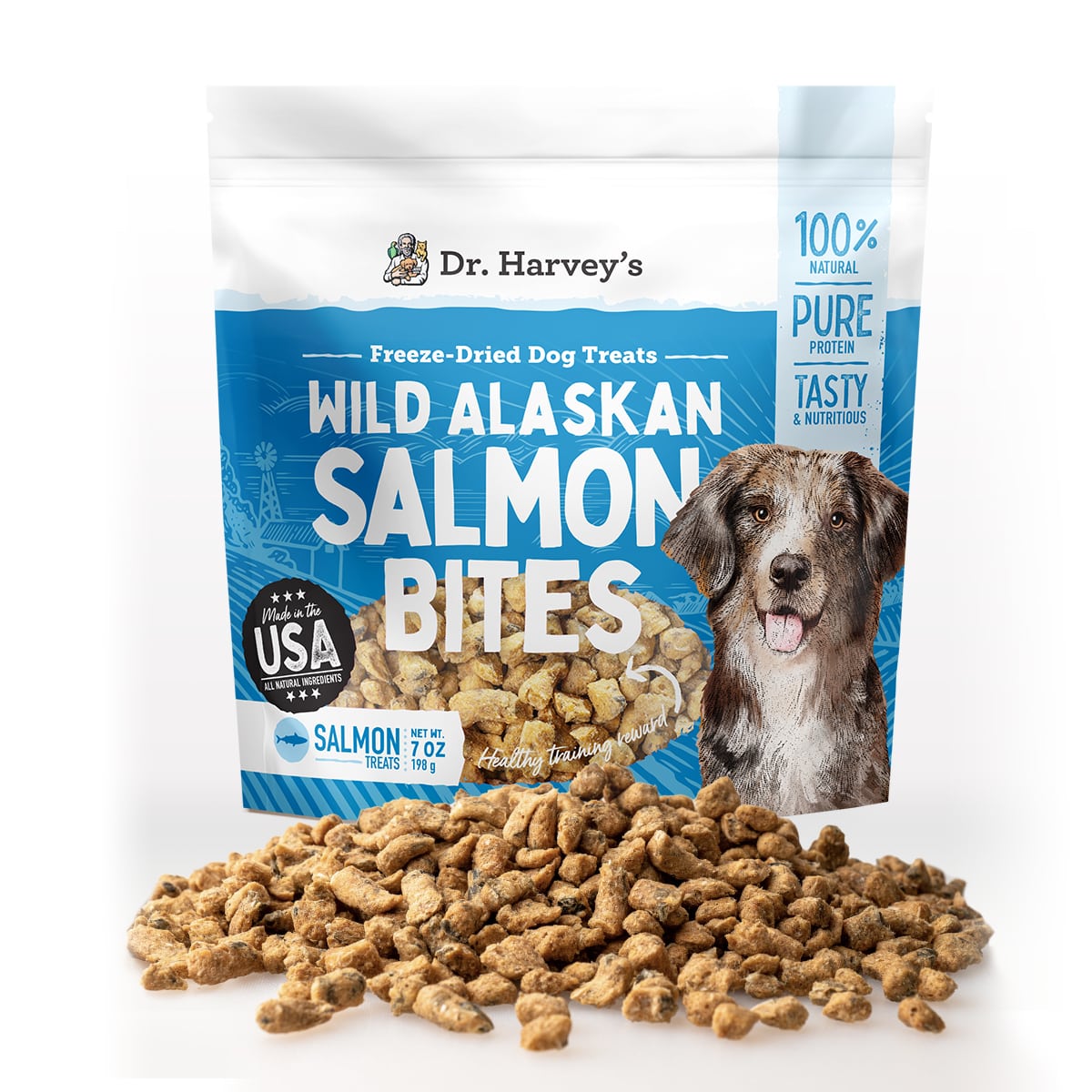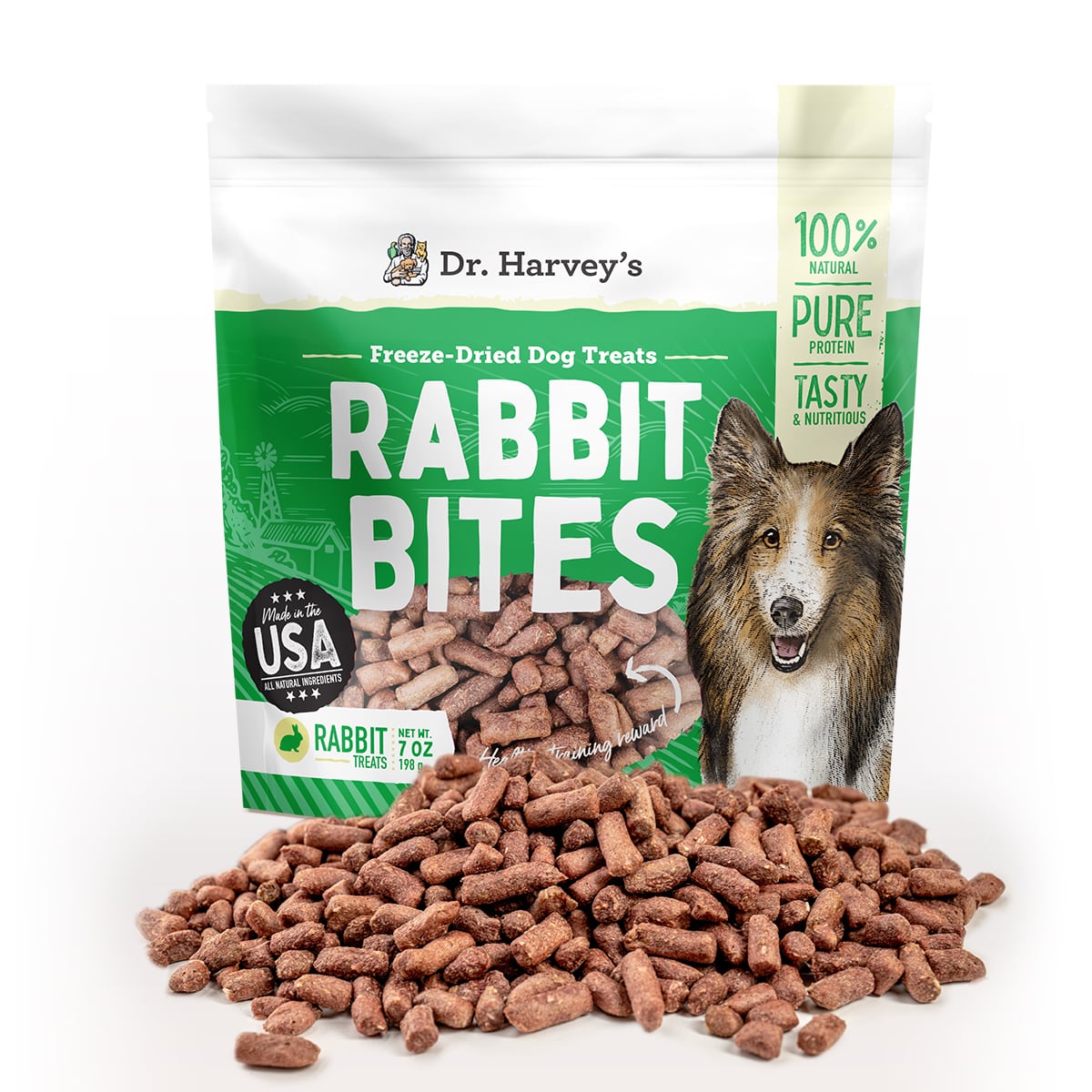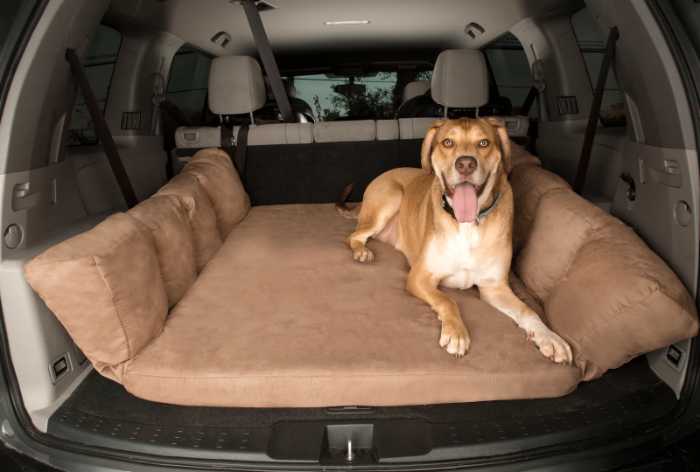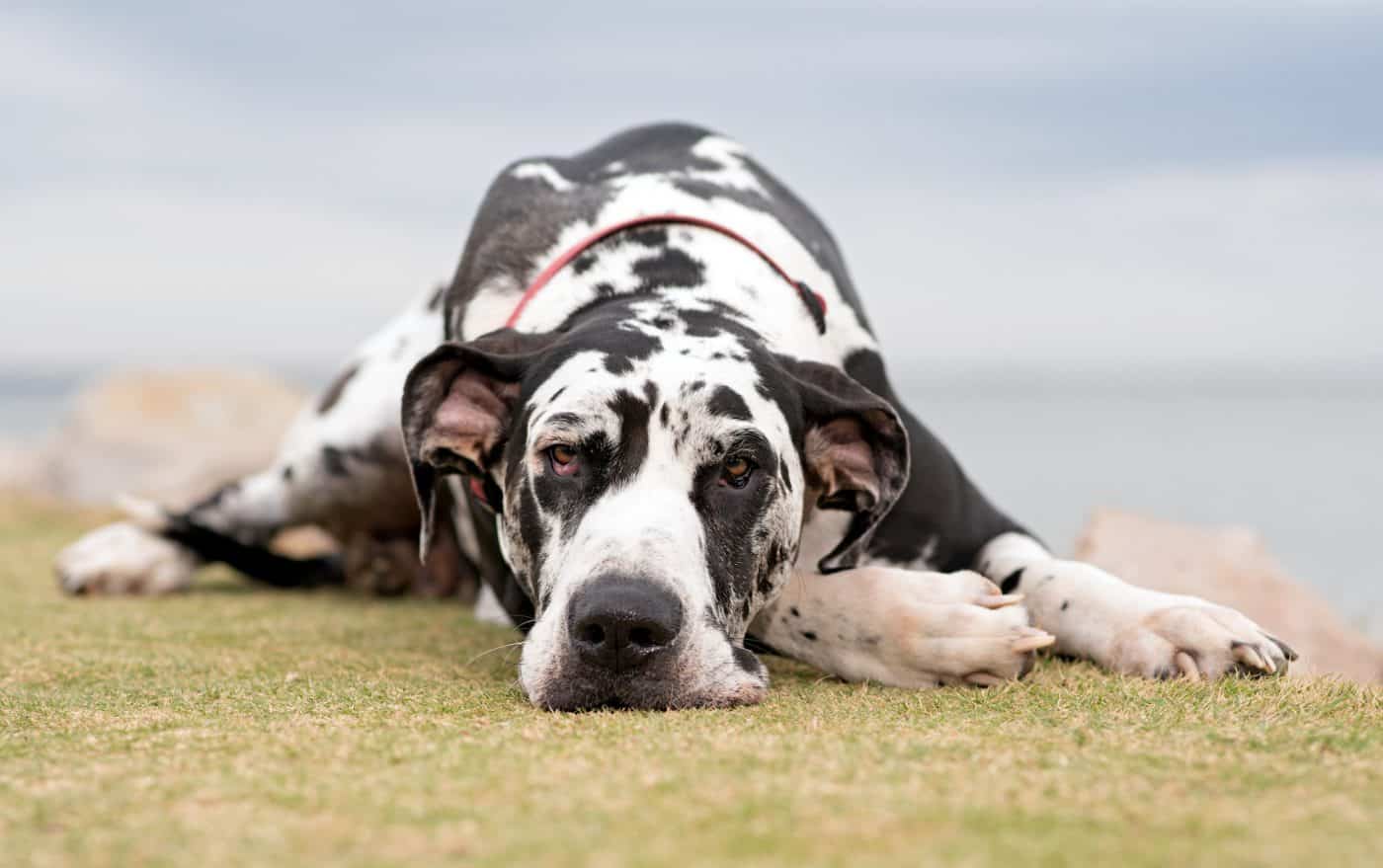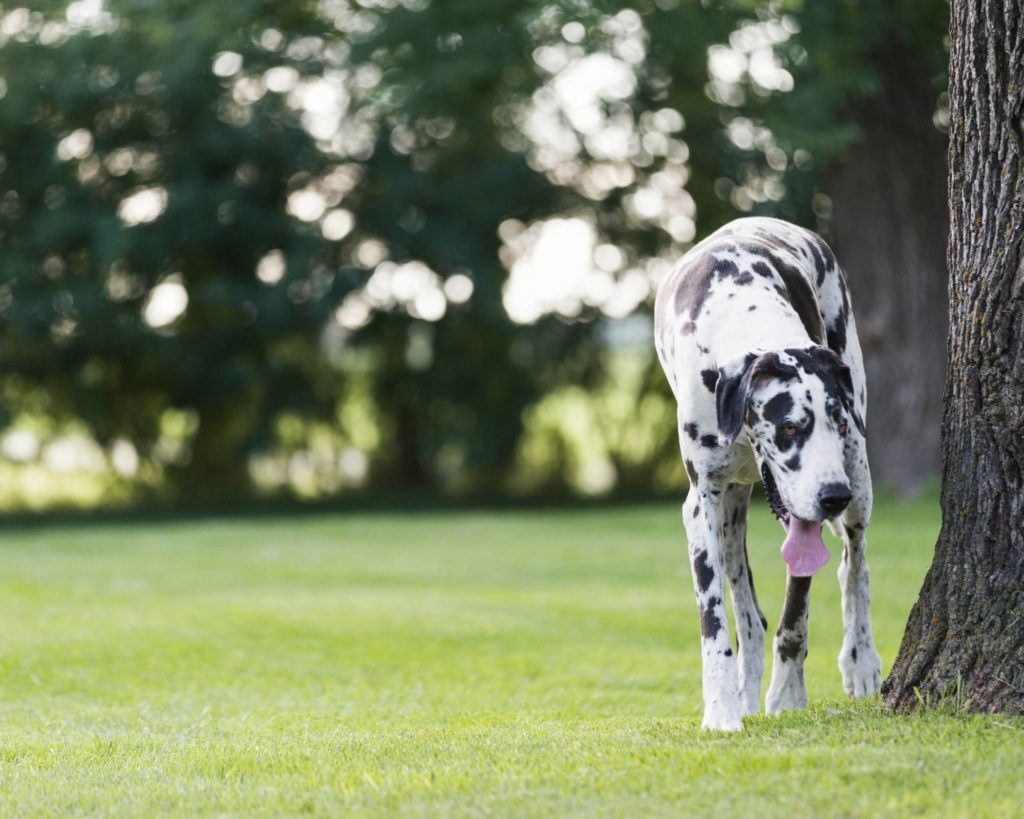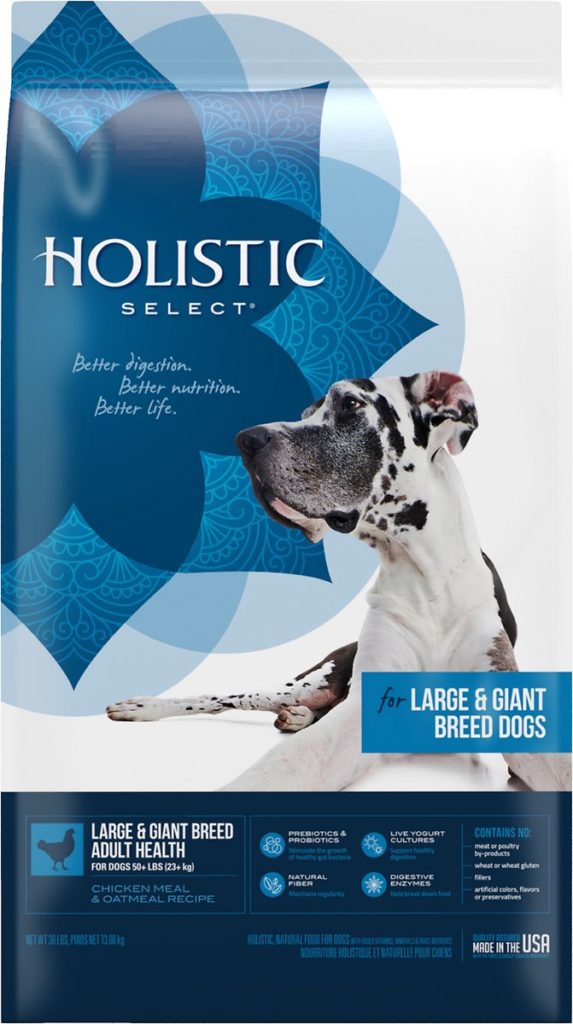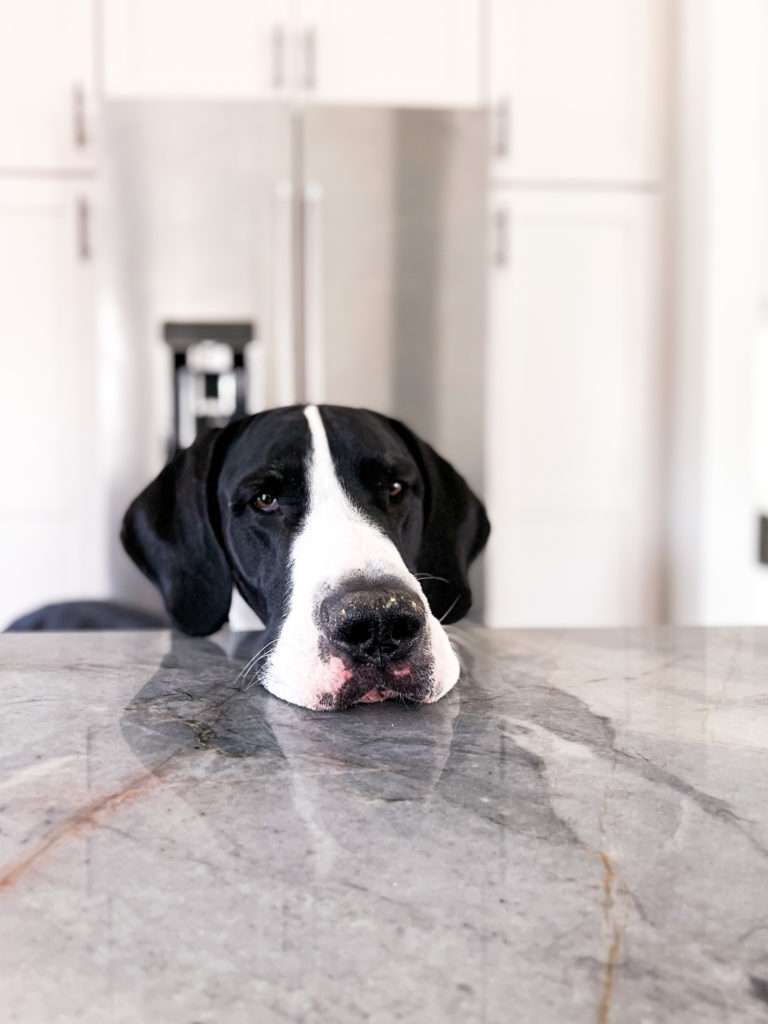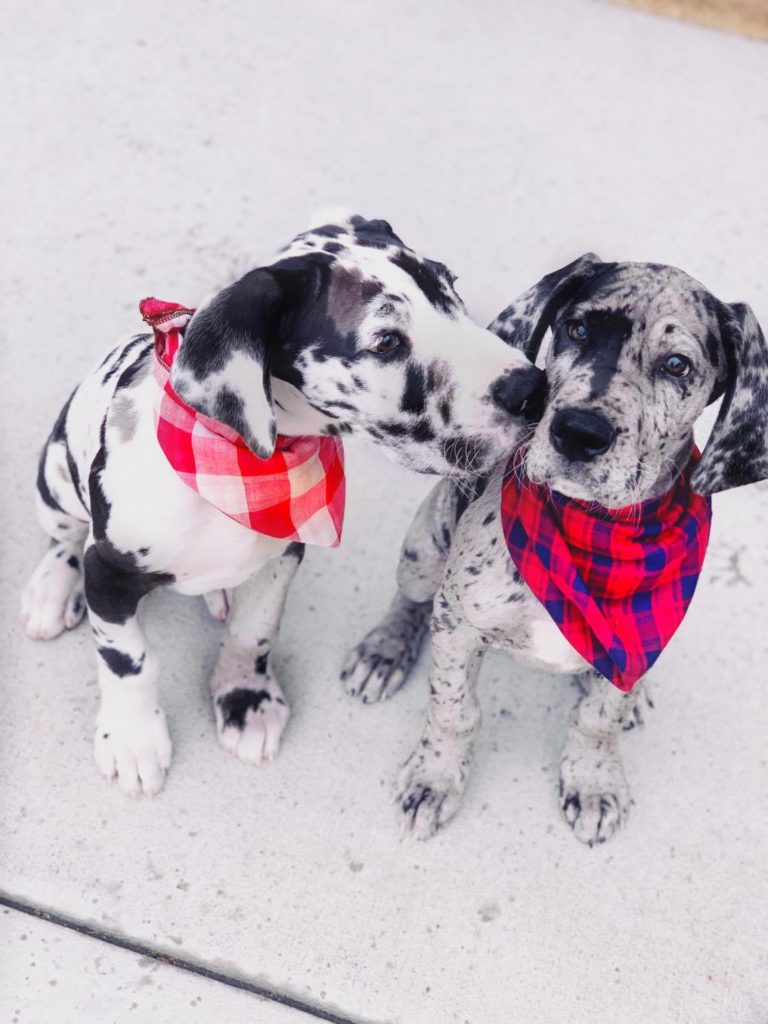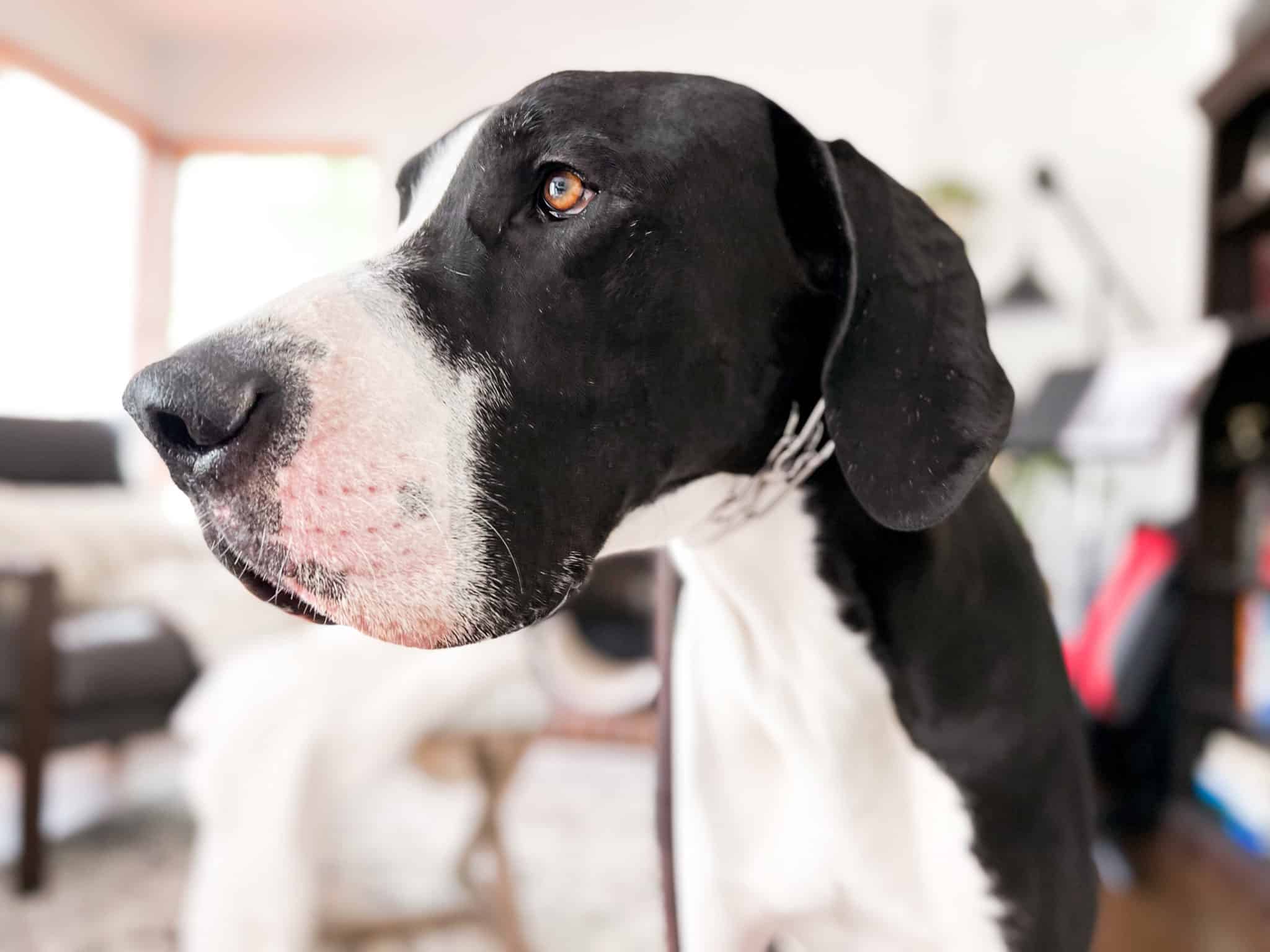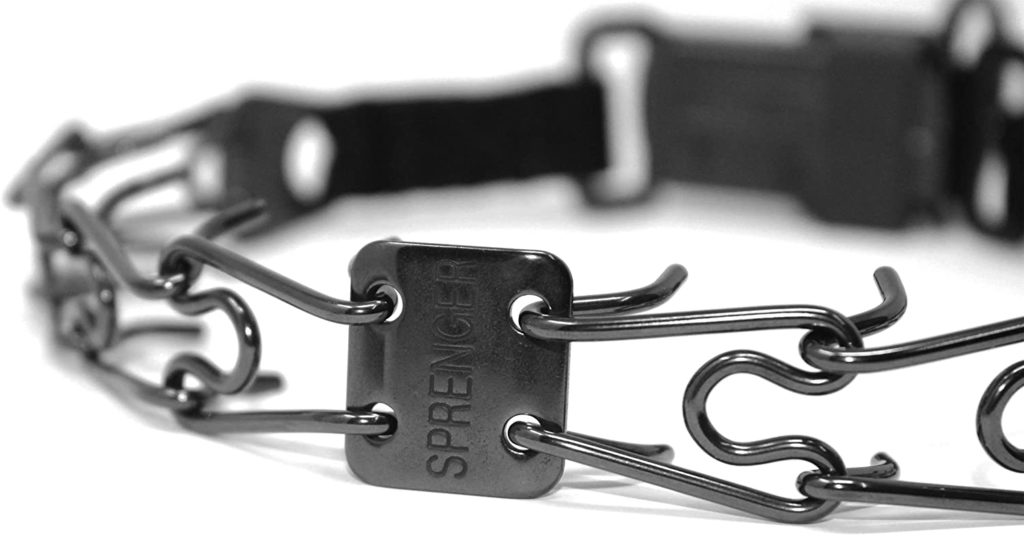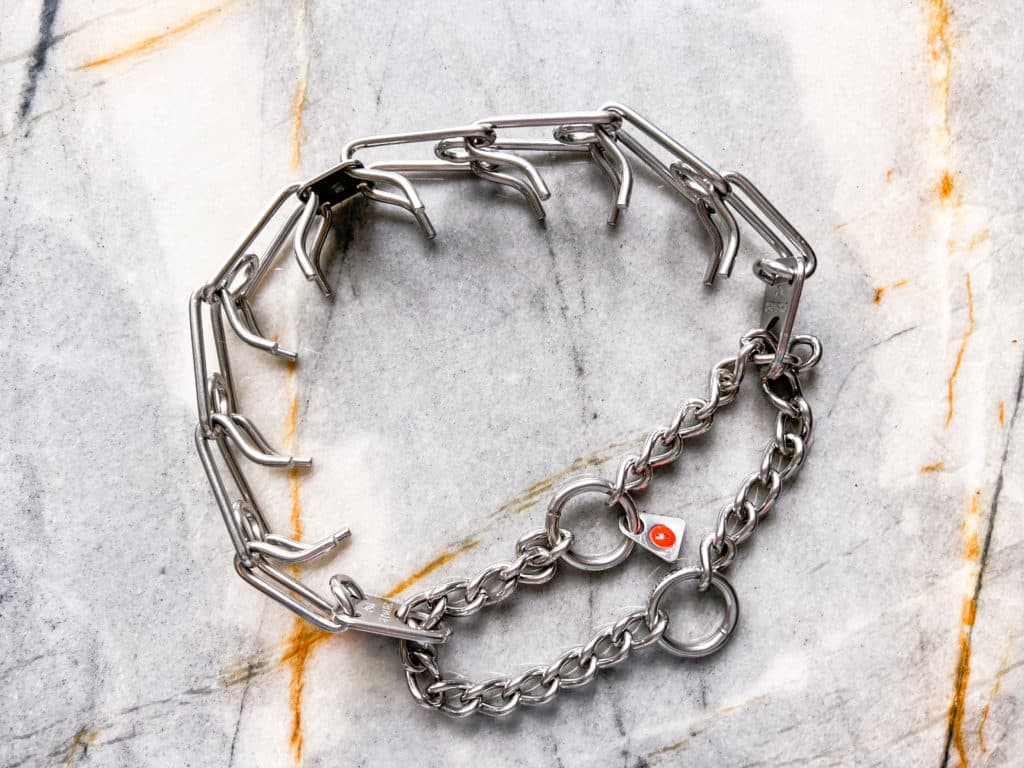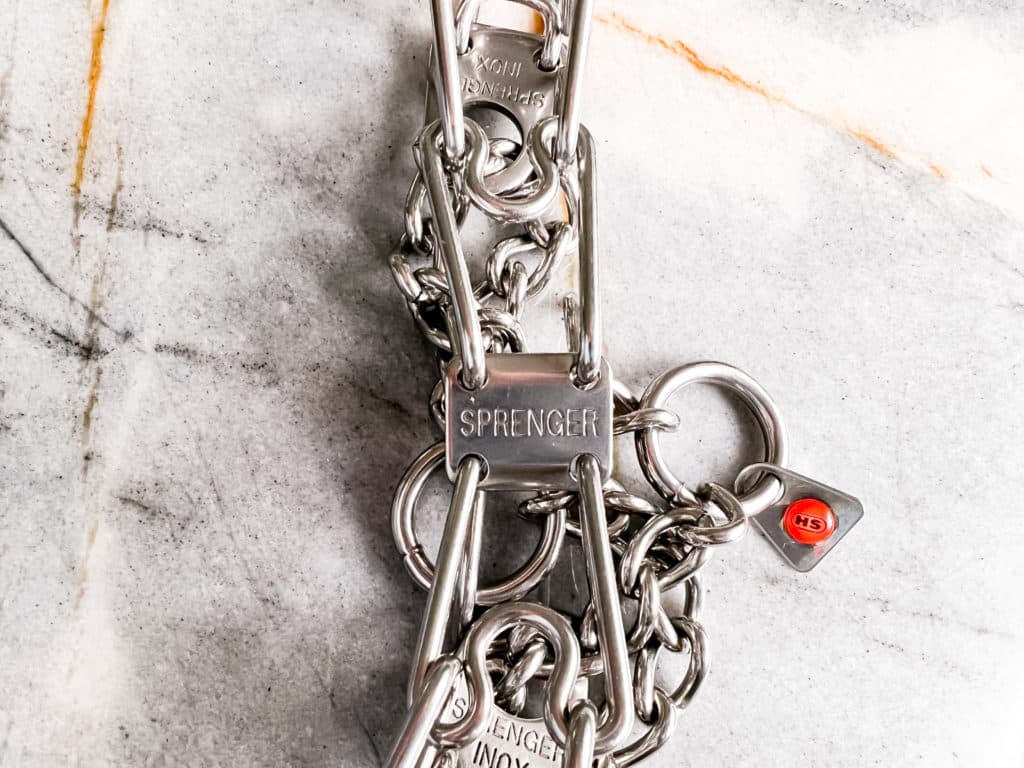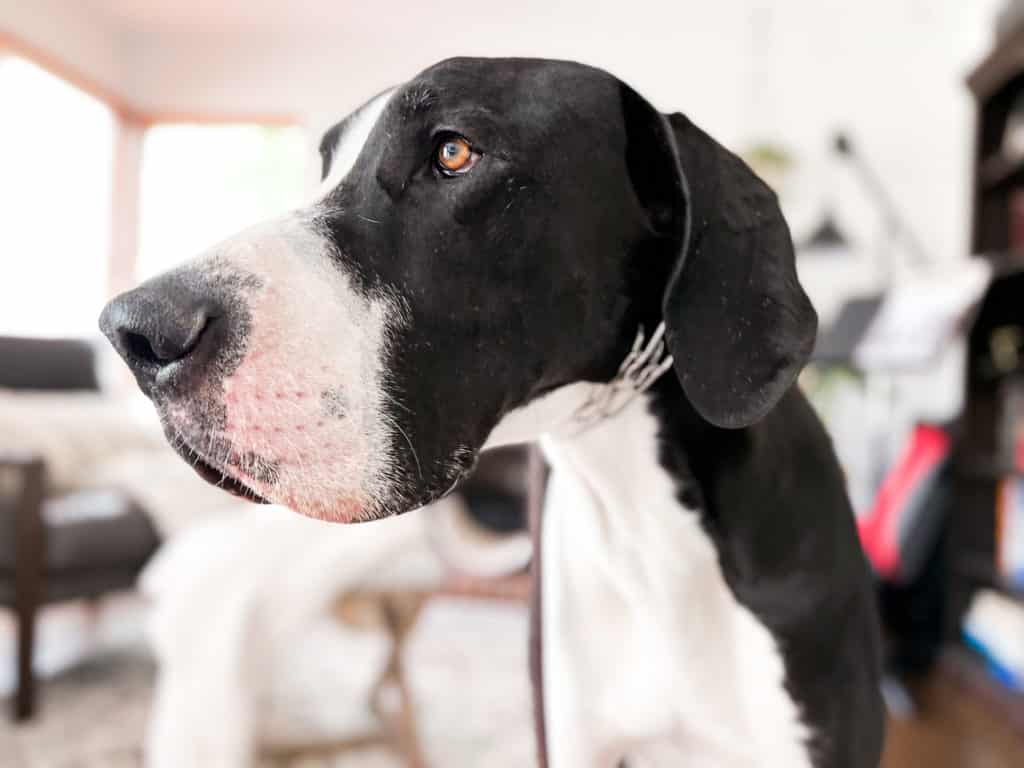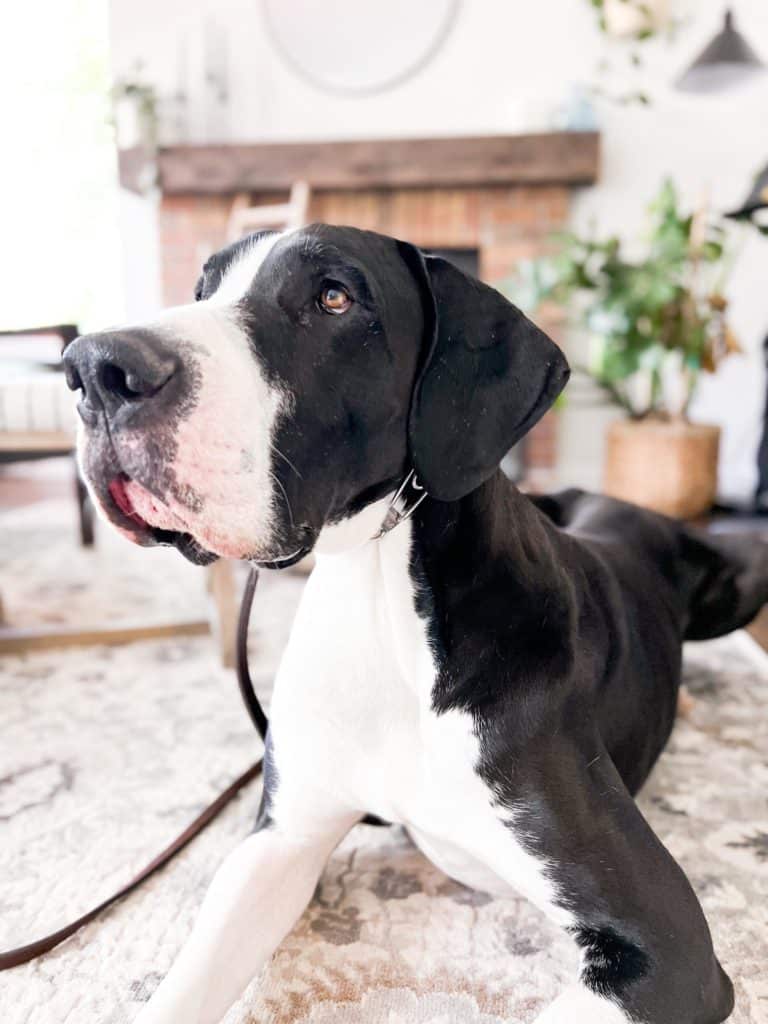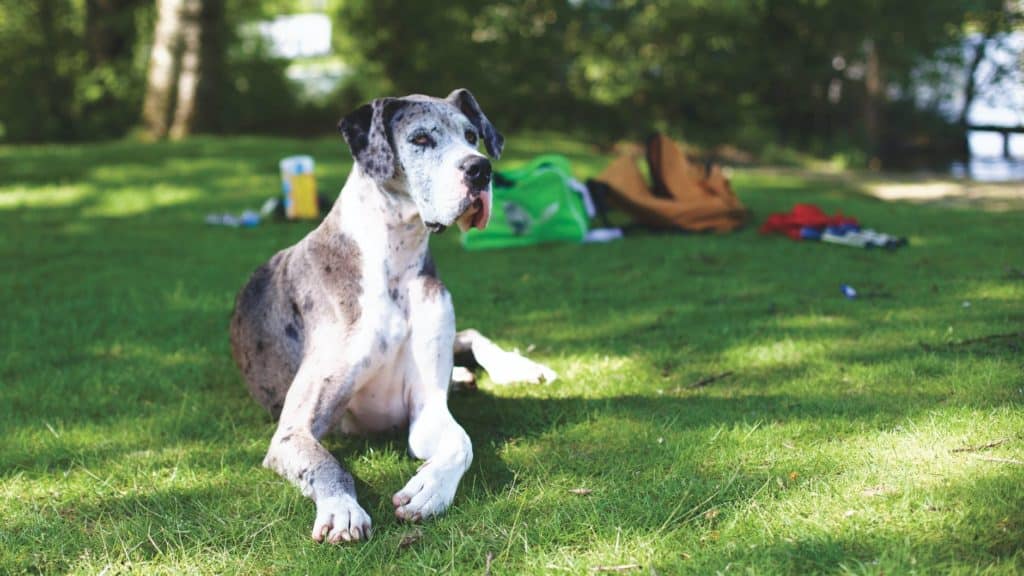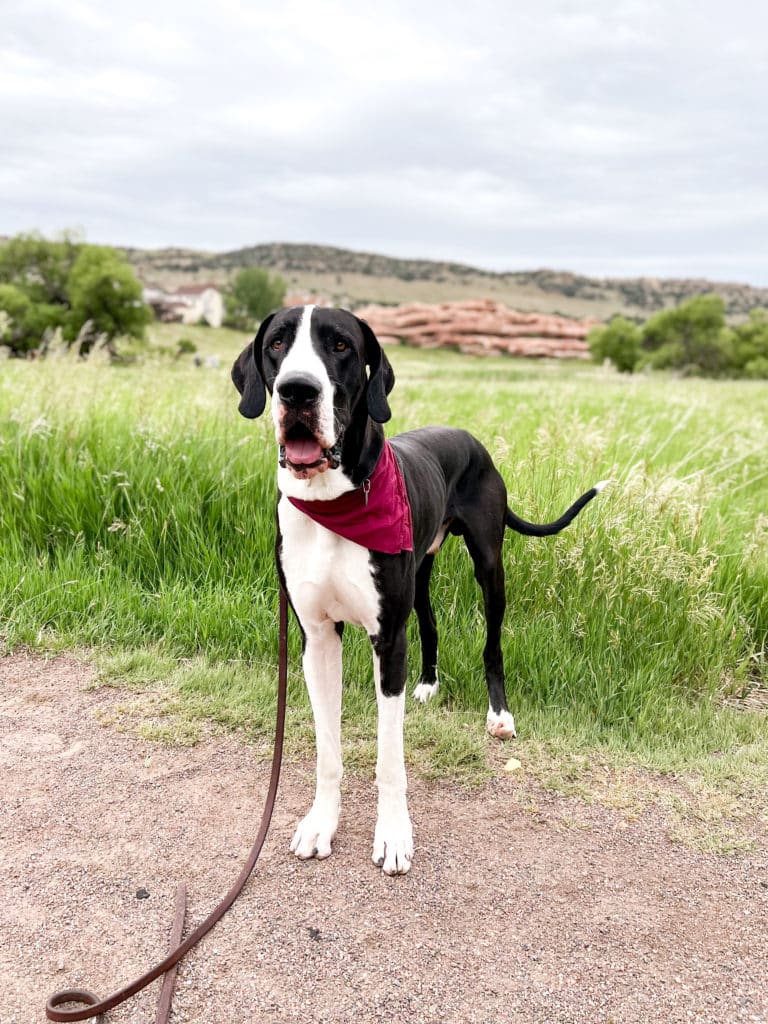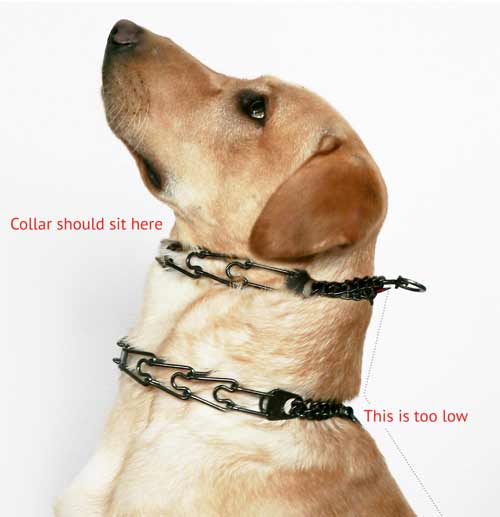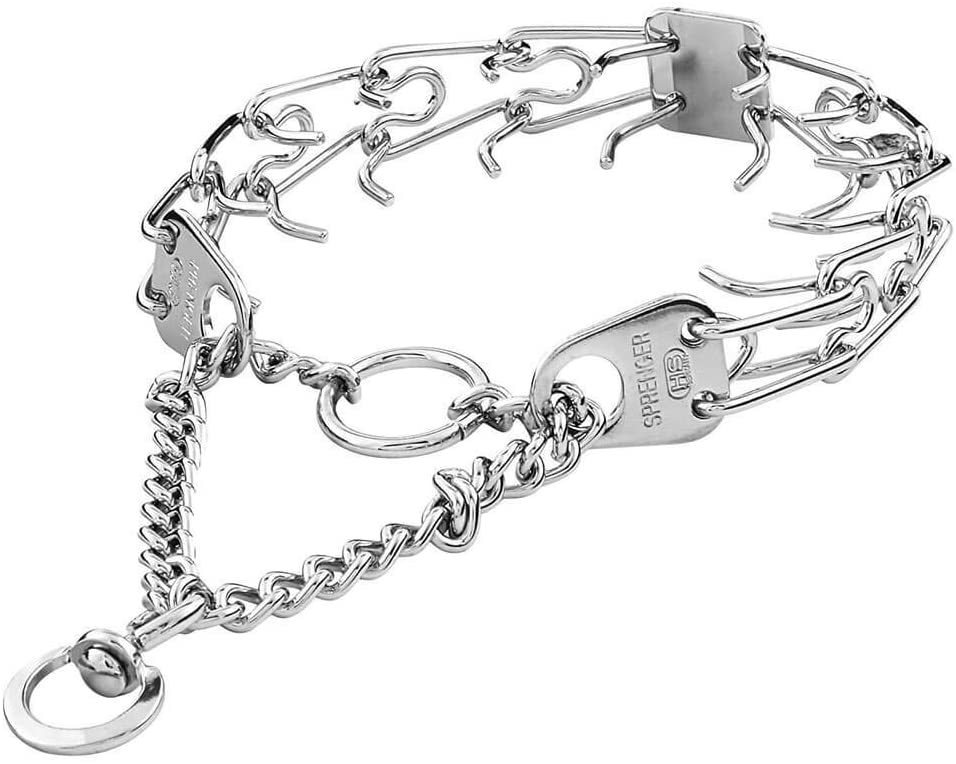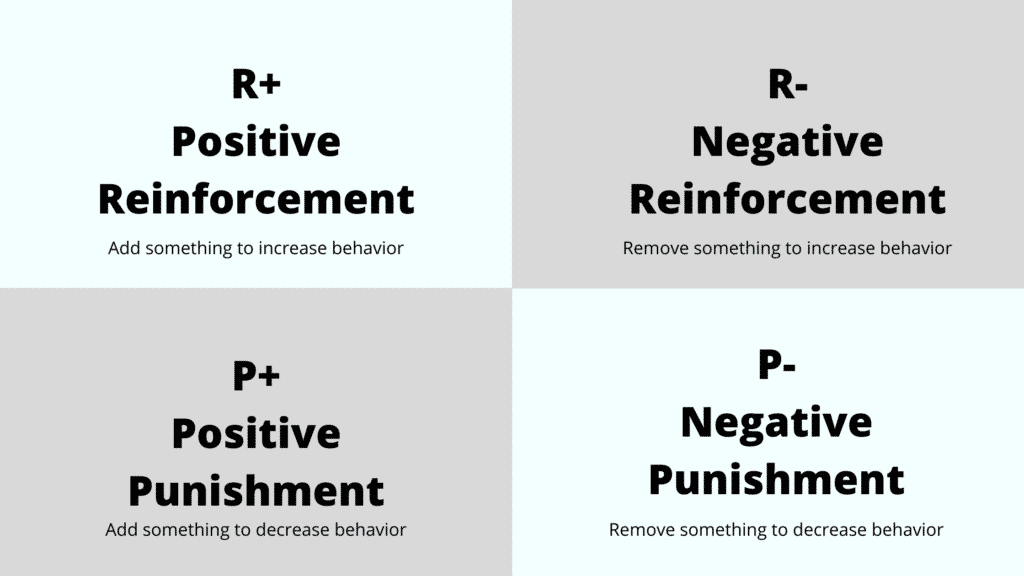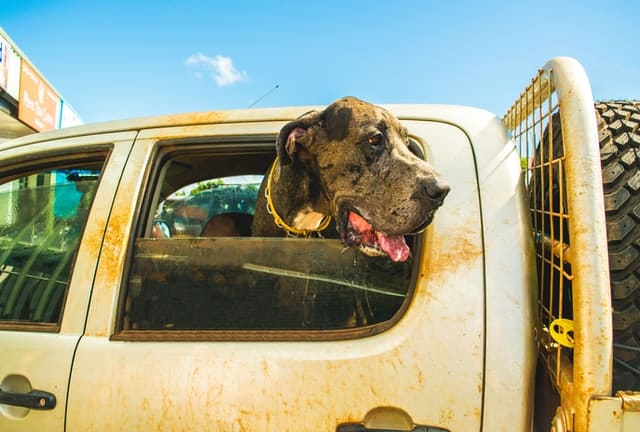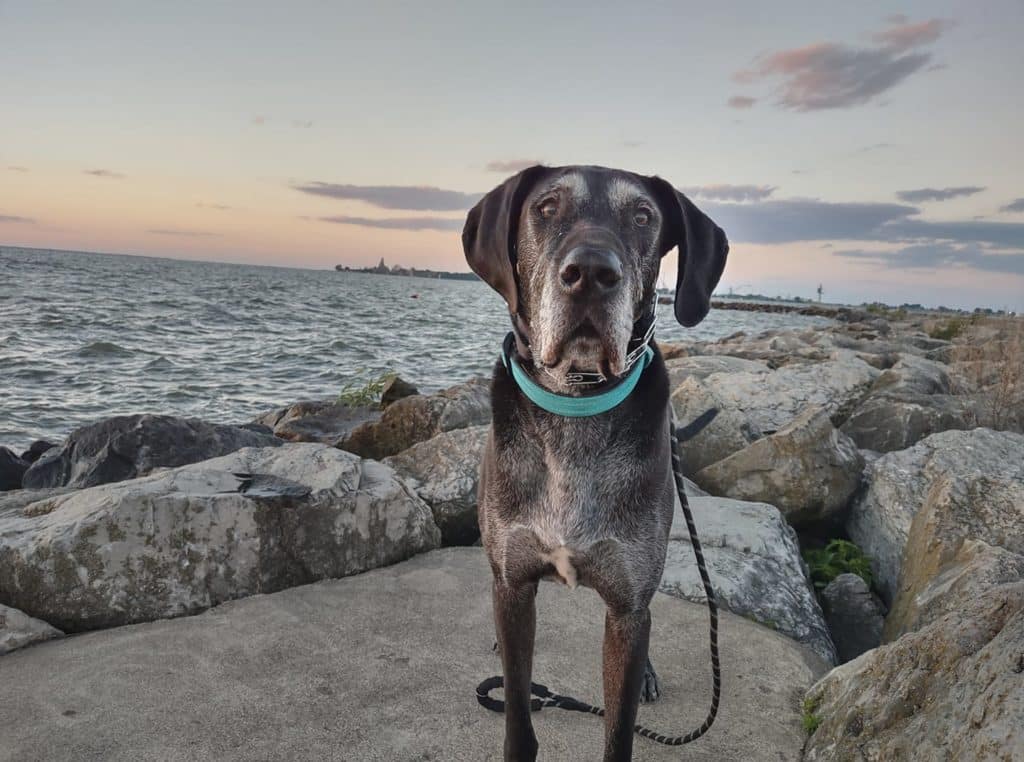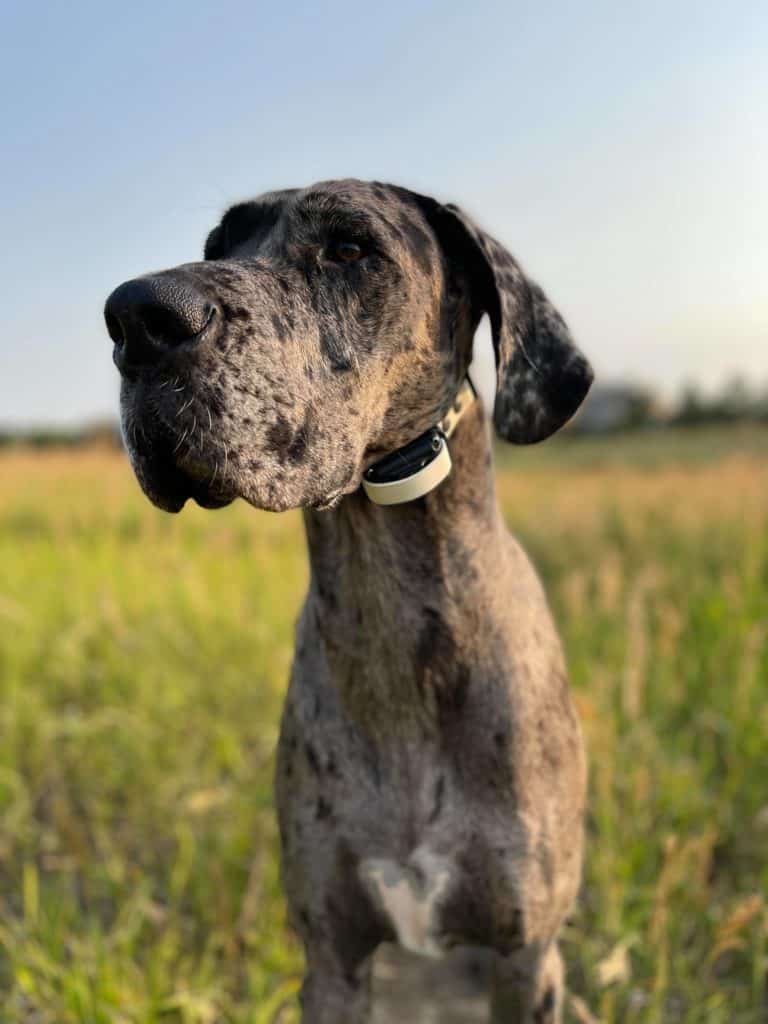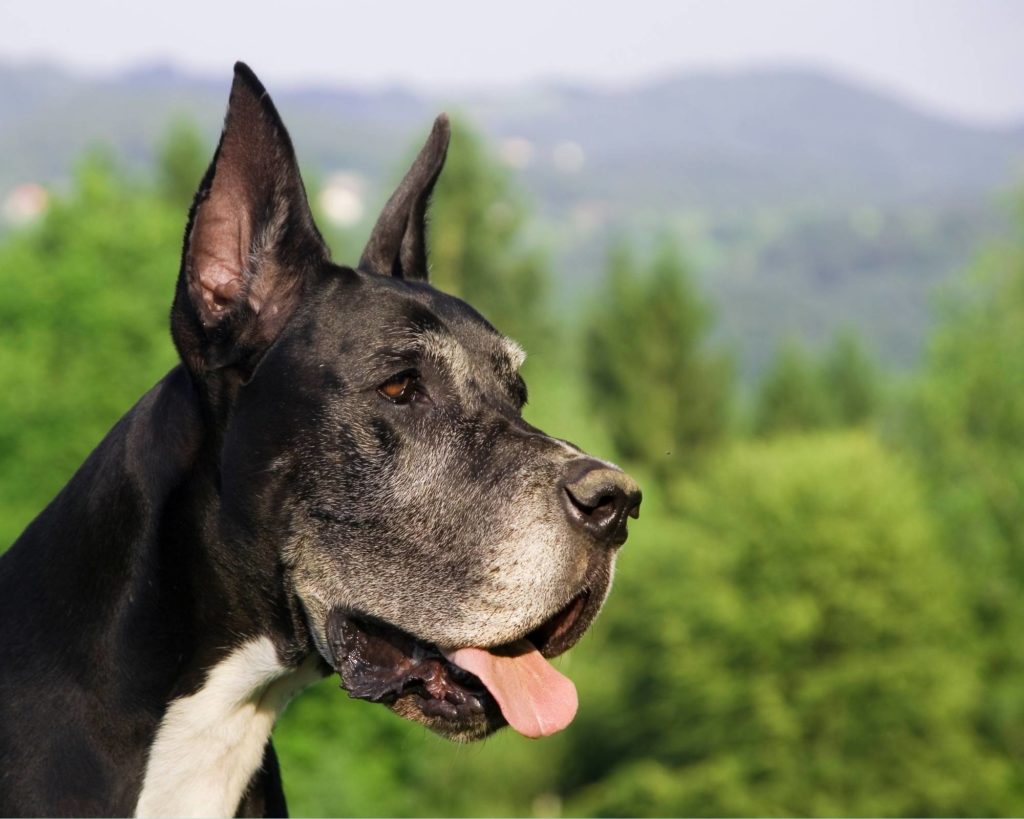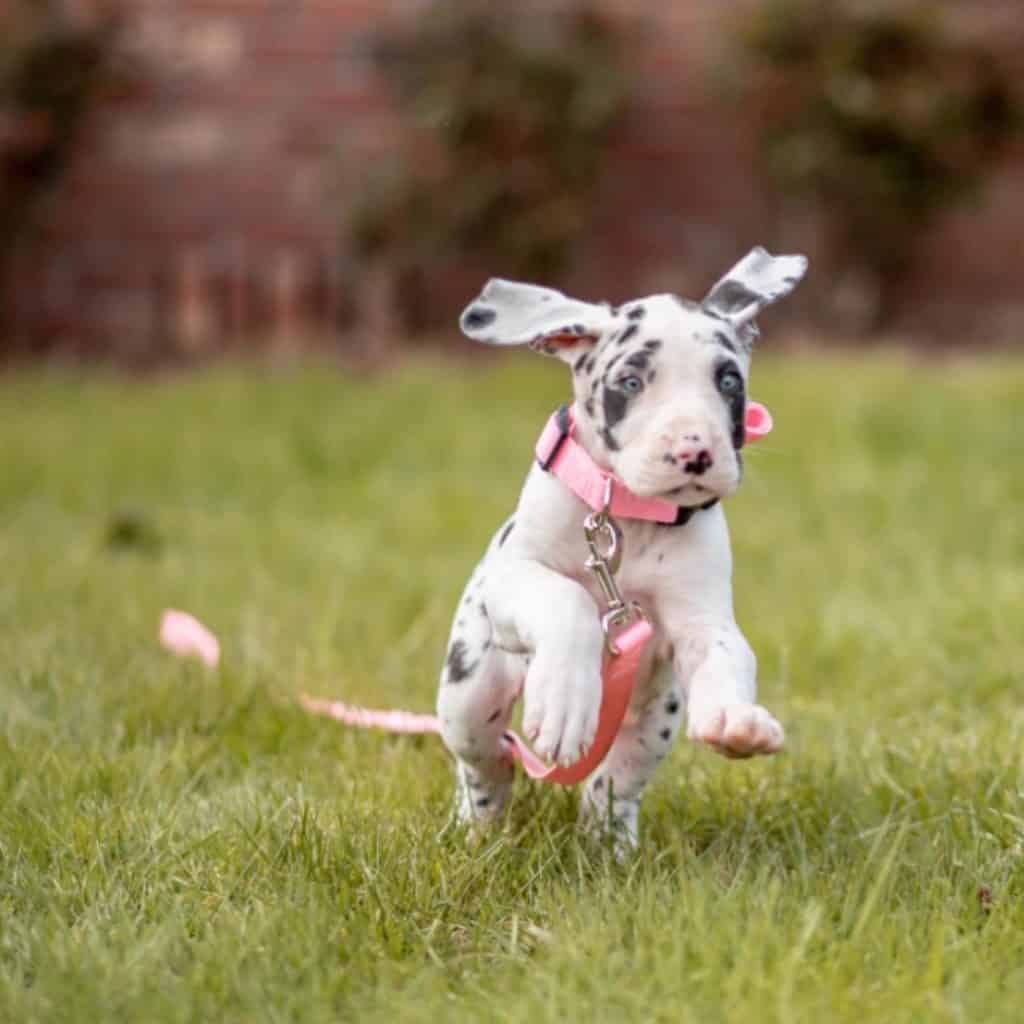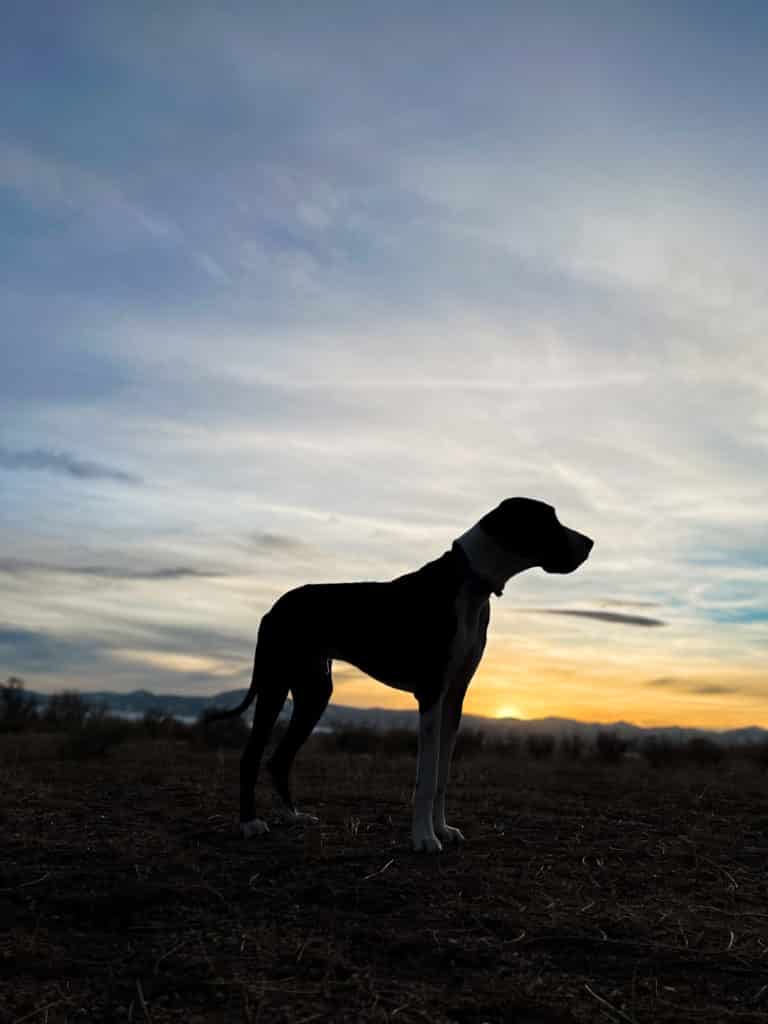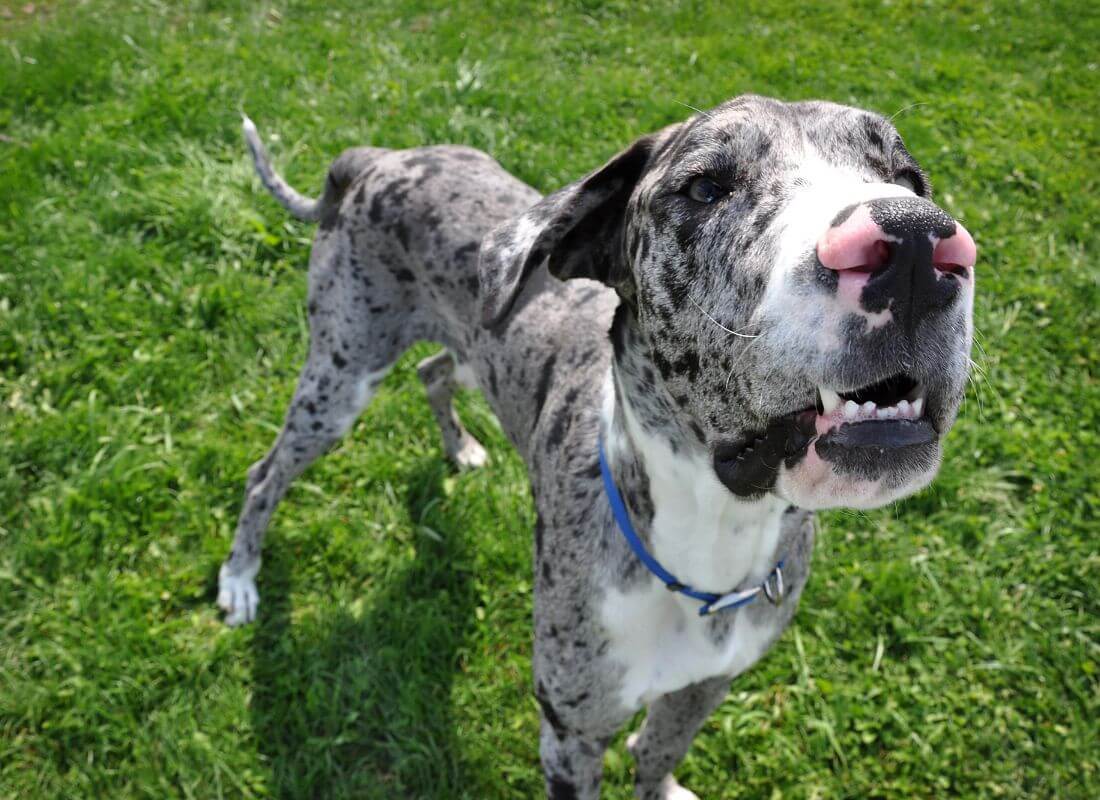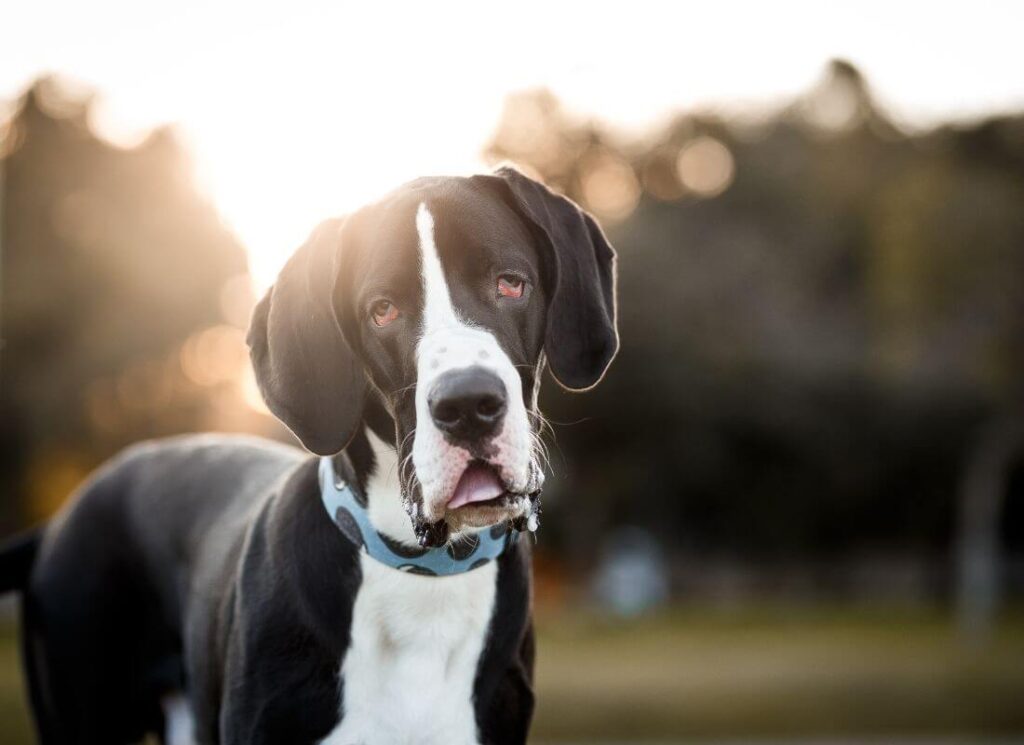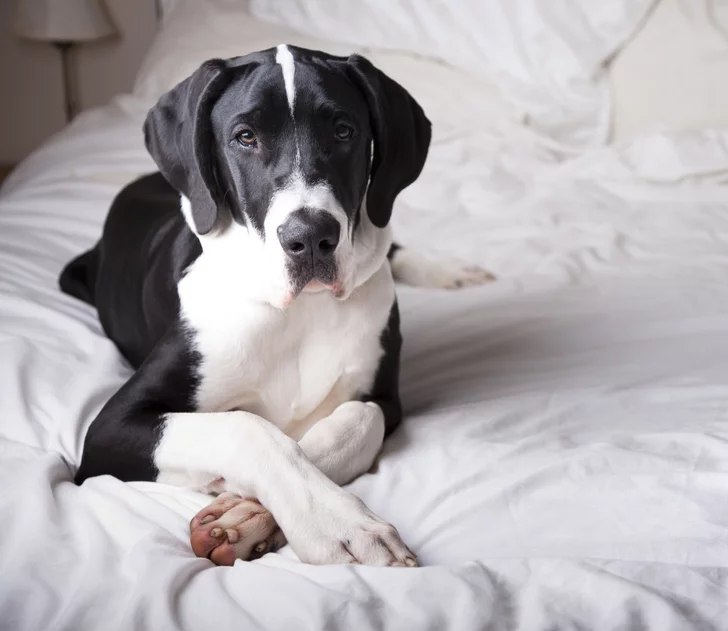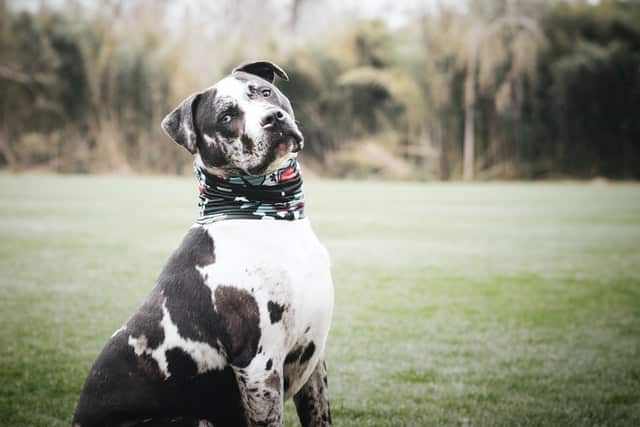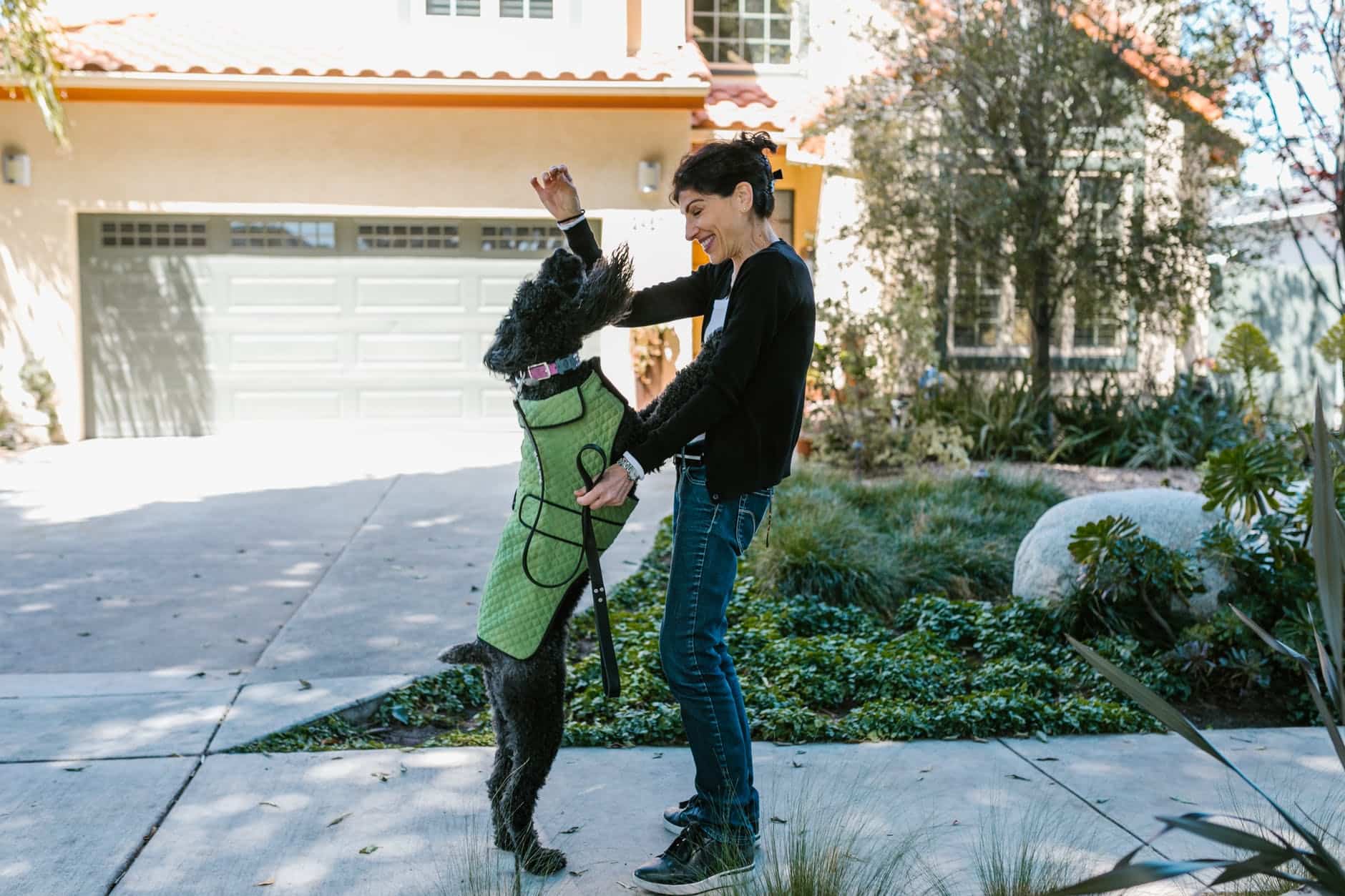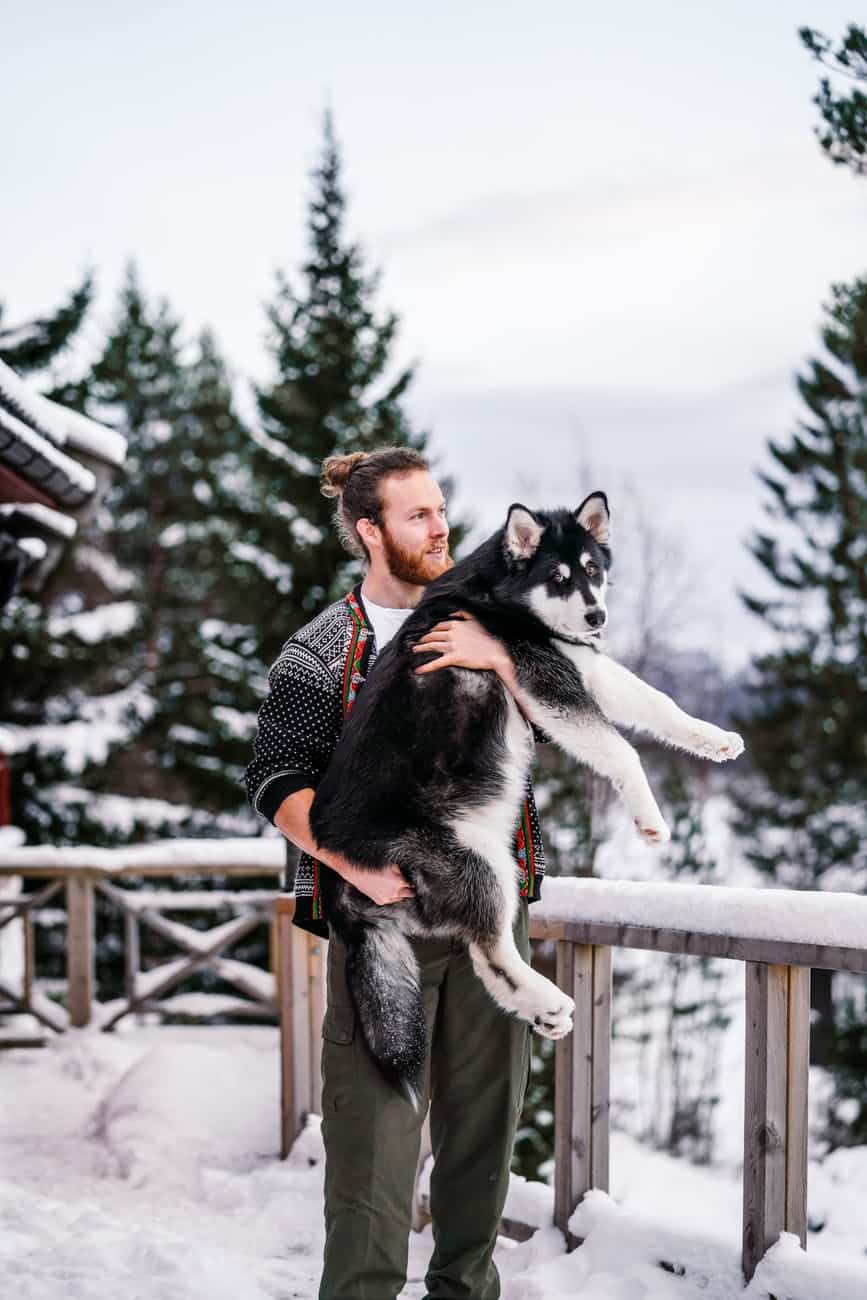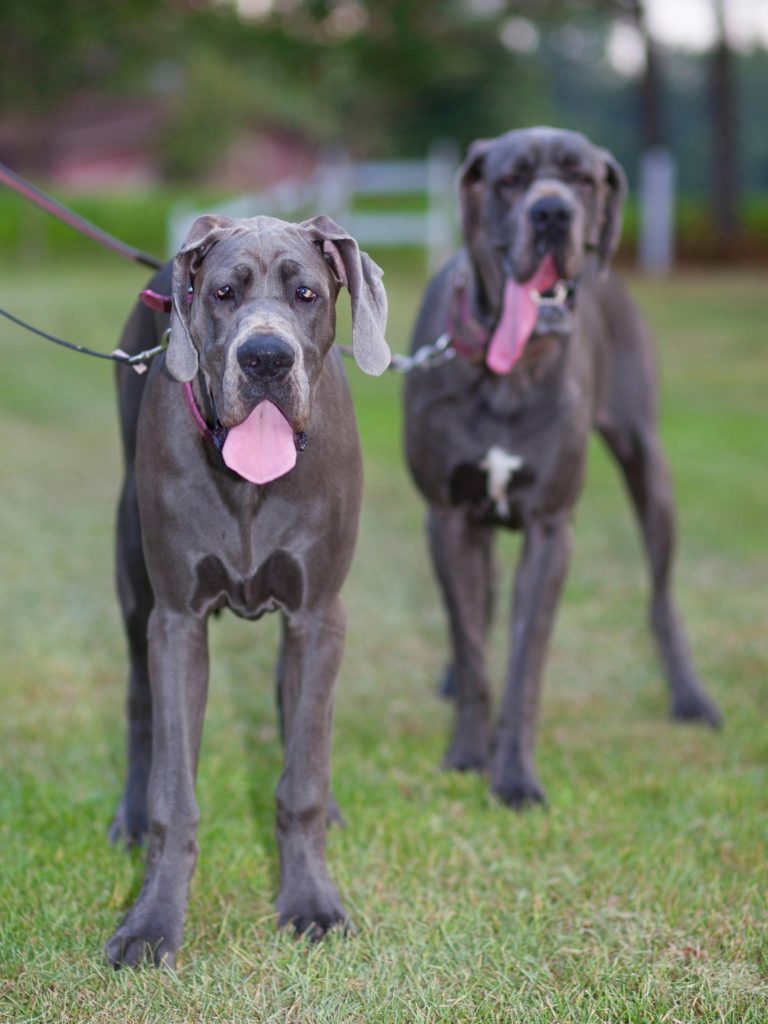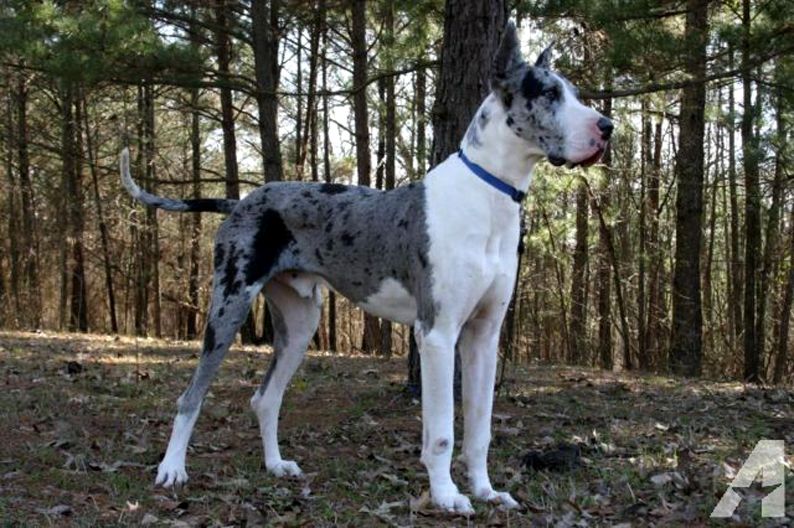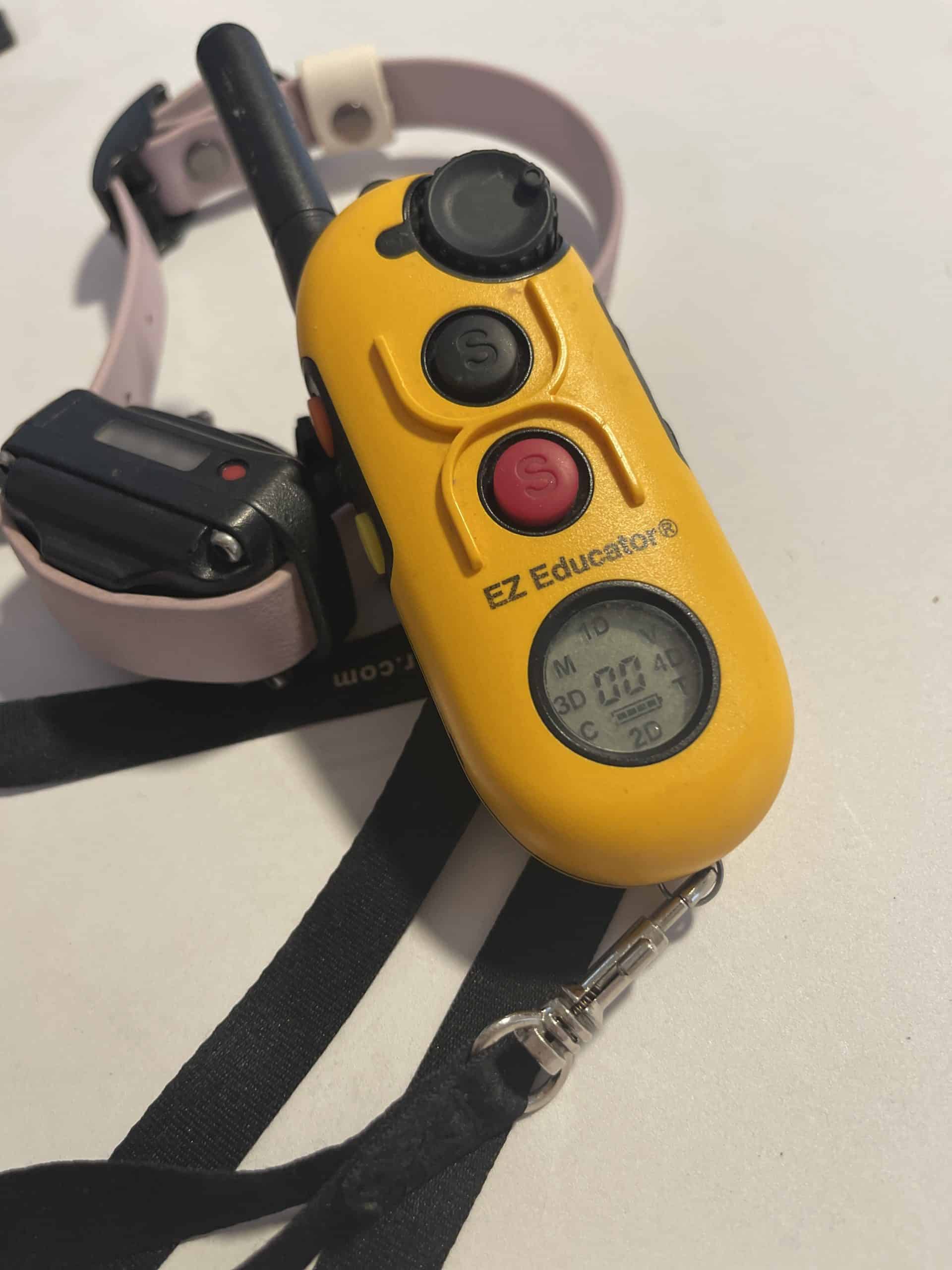Are you wondering if Great Danes are good with kids and babies?
They are MASSIVE dogs, but are they really gentle with children?
We believe that Great Danes make great pets for families with children, but you might want to learn a bit about this huge dog breed before committing.
They are gentle giants and love to play and cuddle, chase, run, zoomie, and…steal kids’ stuffies.
In this blog post, we will discuss the temperament of Great Danes and whether or not they are good with kids and babies.
We will also provide some tips on how to raise a Great Dane if you do decide to get one!
Are Great Danes Good with Kids and Babies?
Let’s dig in! We’ve included a helpful table of contents below:
All About Great Danes
If you are new to Great Danes, you might be wondering what they are all about.
This breed is loyal, loving, and protective of its family. Danes are an affectionate breed that is also very intelligent.
Many people believe Danes are couch potatoes. This is a myth! A lot of Great Danes are actually very active, athletic dogs. What they DO have, however, is an off-switch!
When they aren’t running and playing, they love to lounge and keep the couch (and your lap) warm.
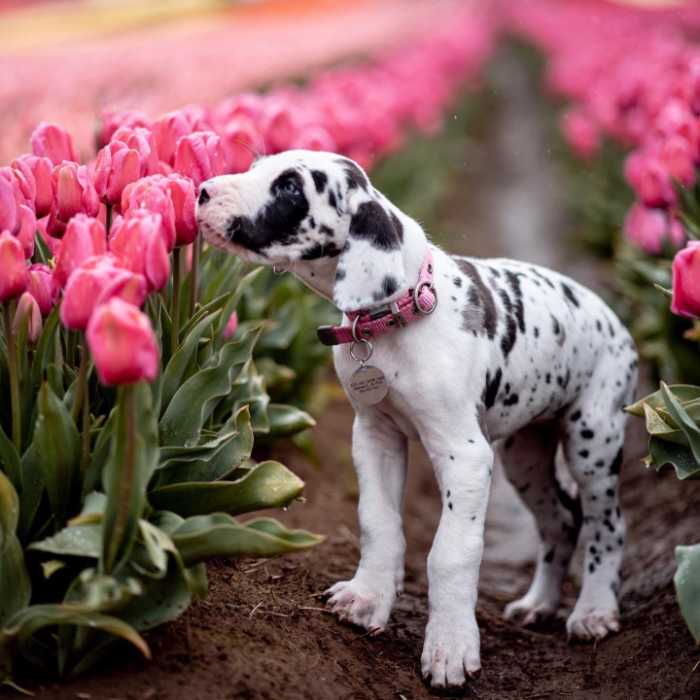
Great Dane Temperament
You may have heard from others that Great Danes are timid, aggressive, shy, or scared of everything.
This is simply not true!
Great Danes are gentle giants who love nothing more than to cuddle with their humans. They are also playful and silly and will make you laugh on a daily basis.
The Great Dane is an intelligent, gentle, breed and they can be easy to train if you start young and help them understand proper behavior.
The written breed standard for Great Danes states that they should be “friendly and courageous’.
The truth is that a timid, aggressive, fearful or overly anxious Great Dane is not normal. We’re providing resources below on how to find a Great Dane that will be a great fit for your family!
How do I Potty Train a Dane Puppy?
Rescue or Breeder? What’s best for me?
Great Dane Size
Great Danes are the tallest of all dog breeds, and they are also one of the heaviest.
Males can weigh up to 175 pounds (79 kg) and females can weigh up to 150 pounds (68 kg).
Their height ranges from 28-34 inches (71-86 cm), with males being taller, averaging as tall as 37″ at the shoulder!
Because they are so big, it is important to work on obedience training so that your new Great Dane and your kids can interact safely. There is nothing worse than having a human-sized dog pull on the lead or jump on guests (or your kids)!
Danes are highly intelligent dogs that thrive on human interaction. Well-bred, well-socialized, and well-trained Great Danes generally love being around young children and will be calm, friendly, and tolerant.
We’ve included Dane puppy training tips below so that you can raise a good family dog that is loved by everybody in the house, including the young kids.
Don’t be afraid of their size, Great Danes truly are gentle giants.
How to teach a Great Dane to Walk on a Leash
The Hardest Part About Potty Training Puppies
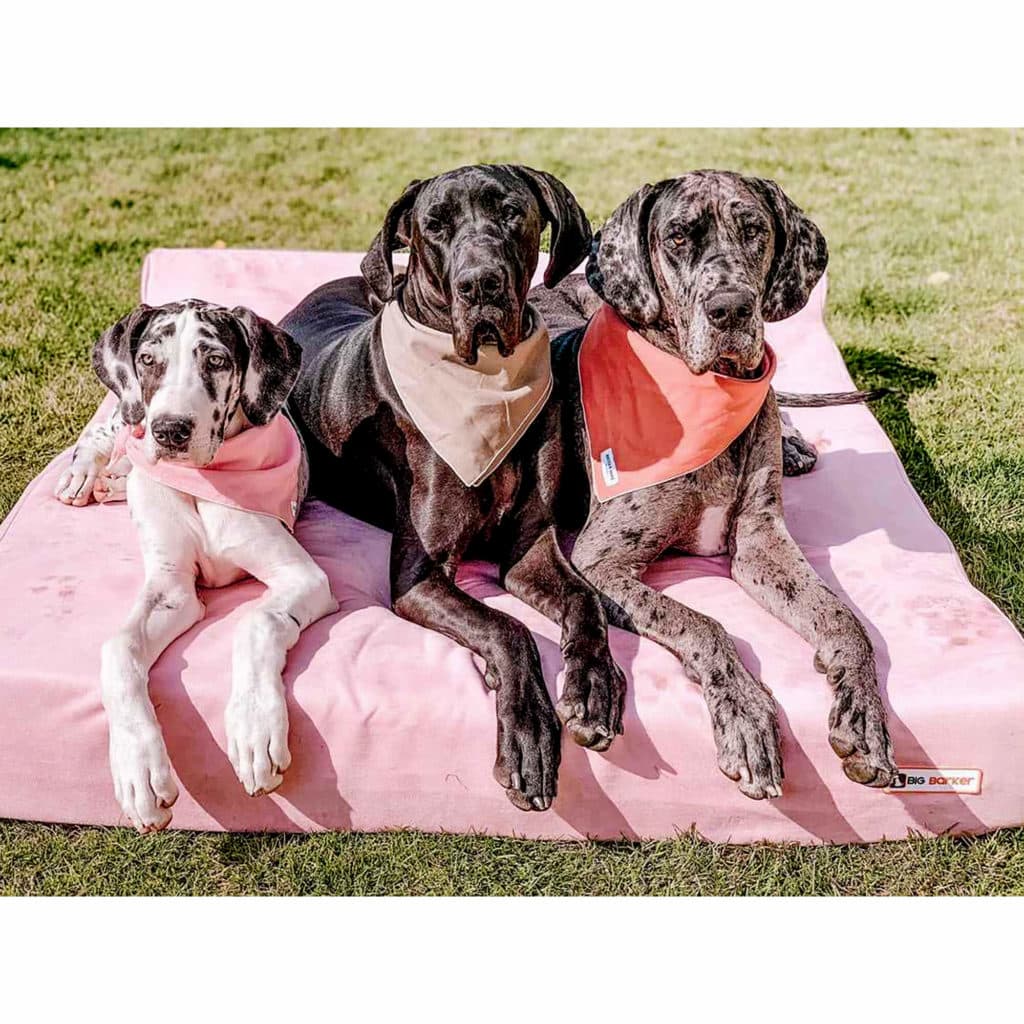
Finding a Great Dane for your Family
Finding the right dog for your family may take some time and effort on your part. It’s important that you do your research to find a reputable breeder who health tests their dogs and raises them in a loving home environment.
We’ve put together some tips on what to look for when choosing a Great Dane puppy that will be a good fit for your family.
Choosing an ethical breeder
If you are looking for a Great Dane puppy to add to your family, choosing the right breeder can mean the difference between an excellent family pet and a nightmare.
A well-bred Great Dane puppy will be confident, friendly, calm, mature, and easy to train.
A poorly-bred Great Dane puppy will be timid, nippy, destructive, anxious, and riddled with health problems.
Choose a breeder that meets the following criteria, with no exceptions:
- Full health testing of both parents, including heart, hips, eyes, and thyroid. Verify this at www.ofa.org (Pro Tip: MOST breeders will fail at this key point!)
- Keeps puppies with litter mates until 8-10 weeks of age and utilizes ENS and puppy culture to socialize them
- Has excellent parents who are beautifully structured and proven in dog shows, obedience/training, or therapy work
- Will support you and your puppy for the life of the dog
- Raises the puppies around other animals, children, etc. Not in a barn or on a tile floor with no interaction outside of that.

Choosing a rescue Dane
If you want to skip the puppy phase, consider adopting an adult Great Dane dog!
There are many great family dogs of all ages in need of homes, and reputable rescues will be focused on finding you the right fit.
When adopting a Dane, look for a rescue that:
Takes the time to get to know you and your family before placing a dog with you.
Has resources to educate you with modern information about owning, loving, and caring for Great Danes, including proper training techniques, nutrition and more.
Will support you and your dog for the life of the dog, including if things don’t work out for some reason.
Reasons why a Dog Rescue may Deny Your Application
Anxiety and stress in Great Danes – What you Need to Know
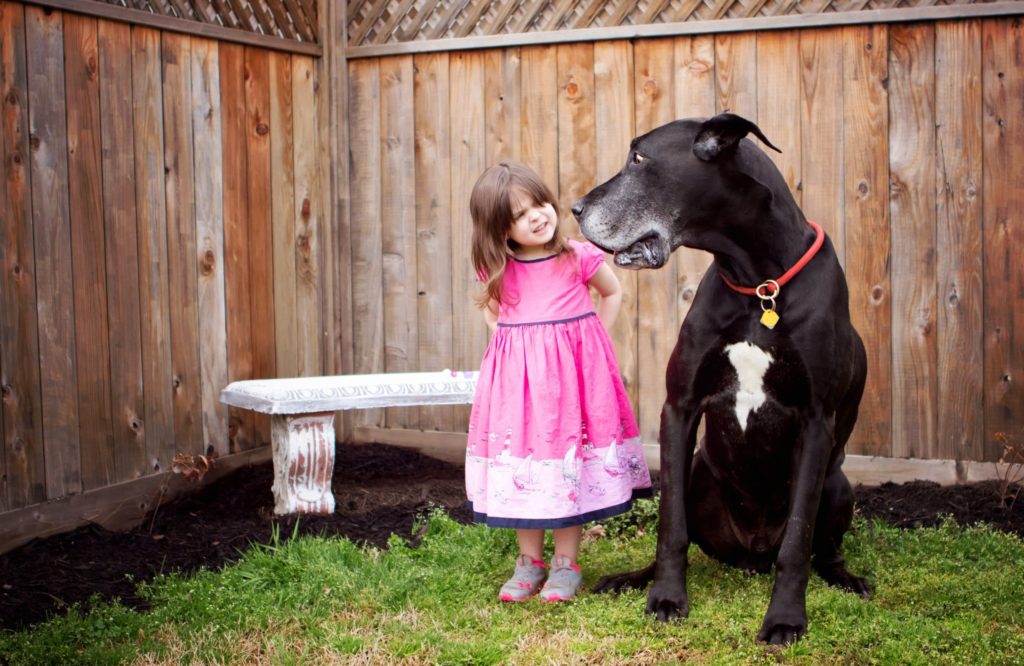
Kids & Great Danes
As long as you have done your research and chosen the right Great Dane for your family, you will have a beautiful, loving, loyal companion for life!
Here are some tips to help get your kids and your new dog off on the right foot:
Introduce them slowly: When you first bring your new dog home (especially a young puppy), do NOT overwhelm it!
Many people introduce their new pup to their excited, jumping, screaming, hovering young children that want to pick the puppy up.
If you want your puppy to LOVE the kids (and this interaction is the first one that they have with children), you’ve already made a massive mistake.
Introduce your new dog to your kids in a calm, positive manner.
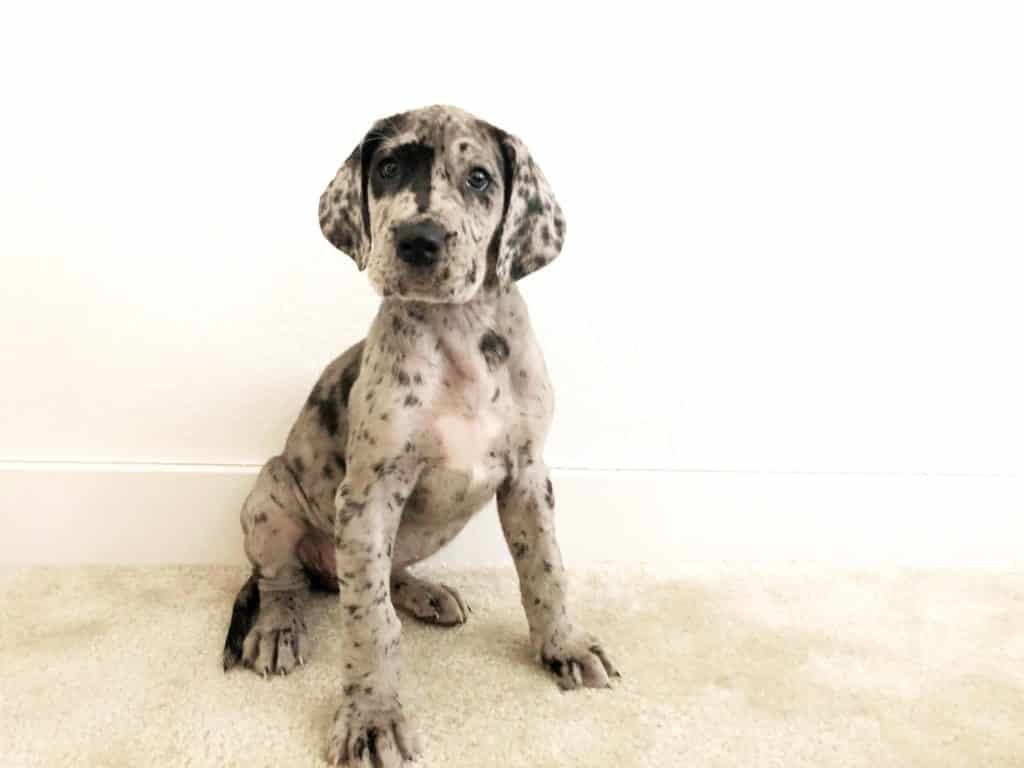
Teaching kids to be responsible with dogs
Most kids love dogs, but they also don’t know how to safely interact with them.
Did you know that most dog bites are from unsupervised interactions between kids and a loved family pet?
www.stopthe77.com is a great resource for learning more about this.
We aren’t here to scare you, but you should know why this happens and how to prevent dog bites. Most Great Danes are exceptionally tolerant and gentle, however, they can still accidentally hurt a child.
Your children’s safety matters most.
It’s so important to teach your kids how to be safe around dogs, even if the dog is a family member. It’s also important to understand dog body language, so you can intervene before anything bad happens!
All about Great Danes & Kids Together
What to Feed a Great Dane Puppy
A Guide to Bringing your New Puppy Home
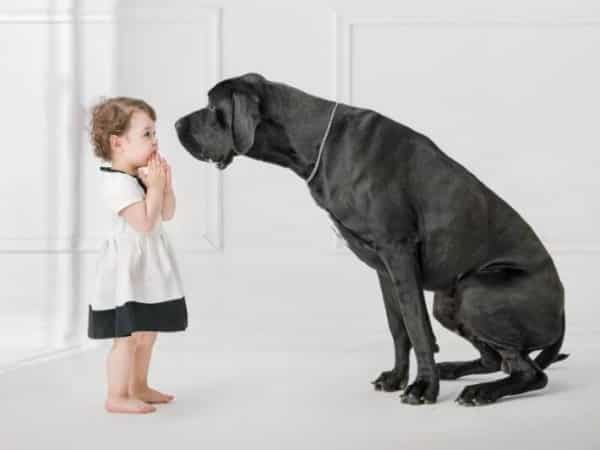
Here are some tips on keeping your kids safe around dogs:
- Teach your children to never sit on, lay on, or climb on your Great Dane. While this may be cute, it can be harmful to your dog and may result in growling, nipping, snapping, and even bites.
- Make sure your kids never take food, bones, or toys from the dog. They should not be playing in the food bowl or trying to pet your puppy while your dog is eating.
- Do not allow your kids to approach a dog that is sleeping, as a startled dog may respond aggressively.
- Encourage your children to maintain a calm presence around dogs. Squealing, screaming, and throwing things can make puppies see them as a threat, or as if they are other dogs to play with and tackle.
Did you know that the idea of ‘nanny dogs’ is a myth?
While Great Danes are often gentle and loving with children, you still need to supervise when they are together.
‘Nanny Dogs’ is something of a marketing term, used to sell Great Danes (and other powerful breeds) to families with small children.
The bottom line is that all dogs are individuals. Some will be better with kids than others, and some will have zero patience for them.
It’s important that you do your research before getting any dog, especially if you have small children in the home!
Introducing a baby to a Great Dane
If you are bringing a baby home, it’s important to get your house (and your Great Dane) ready!
Make sure your Dane has a dedicated space to get away from loud noises (such as babies crying).
Put a plan in place to make sure that your dog receives enough exercise and enrichment during the first few weeks of having the baby home. You can hire a dog walker or ask a friend for help.
Before the baby comes home, play baby noises on your phone at low volume, and toss high-value treats on the ground.
Your dog will have a positive association with this sound by the time you bring the baby home!
When it comes time to introduce them to each other, keep your Great Dane on a leash and allow a quick sniff, then redirect, reward, and praise. Do not allow hovering, licking, pawing, or whining.
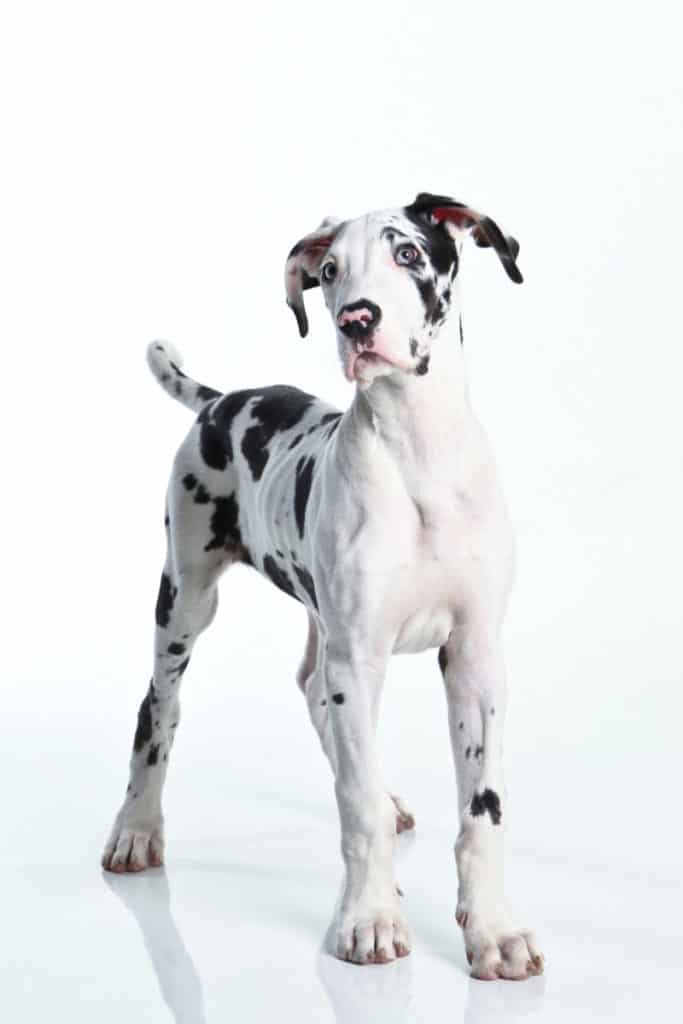
WHAT IS PUPPY CULTURE?
Great Dane Puppy Training
It is important that you work on your puppy training from day one. Never let your new Great Dane practice behaviors that you don’t want to see when they weigh 140lbs!
This includes jumping, running away, chasing the kids, pulling on a leash, stealing, and counter surfing.
Remember that good training is 90% YES! If you are spending a lot of time shouting ‘NO’ or STOP’, think about how you can flip that around. Teach more YES behaviors.

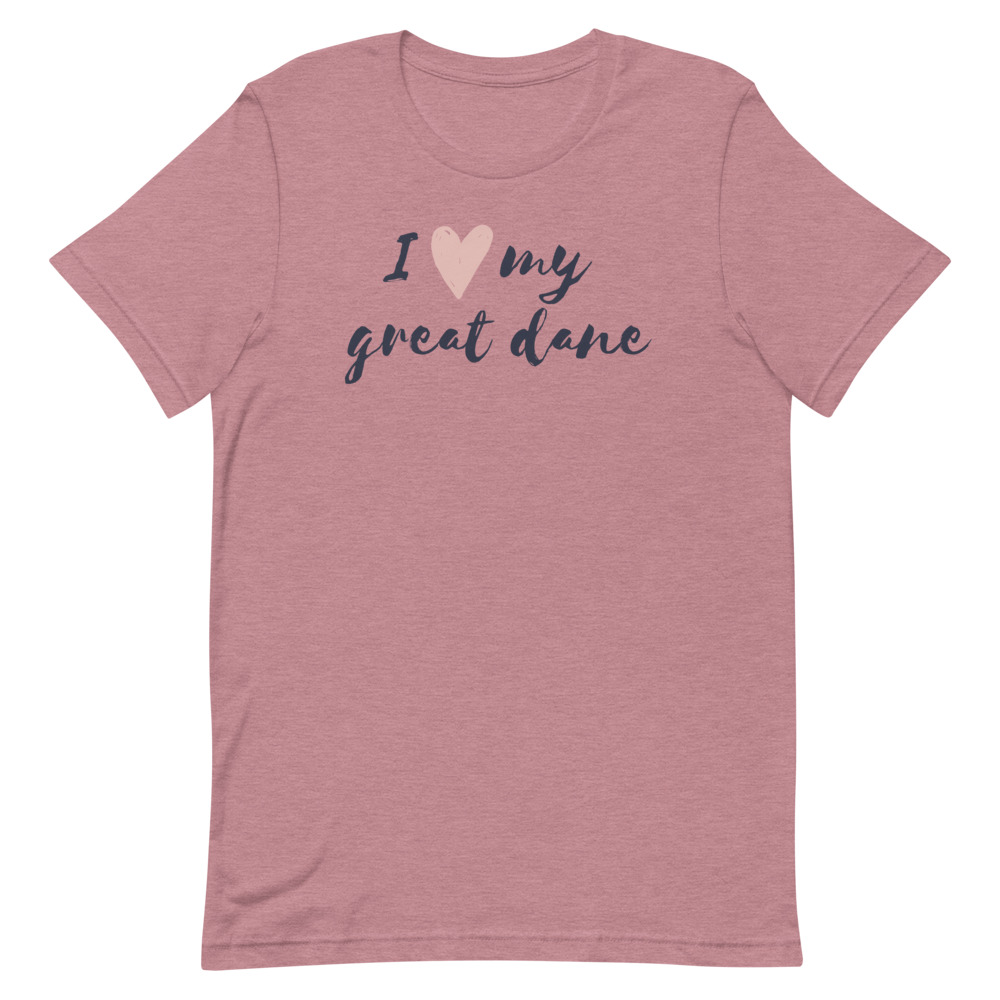
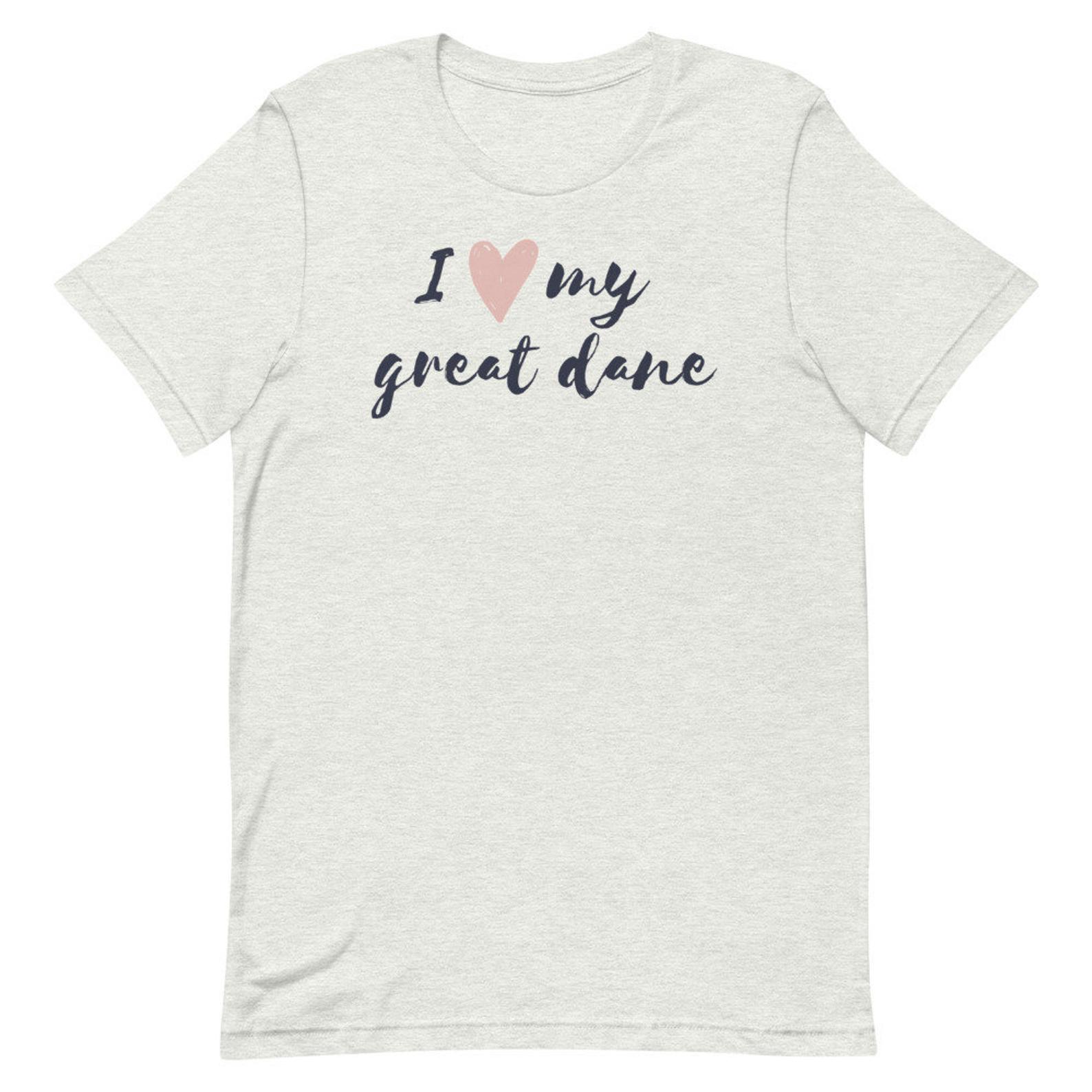
5 things all Great Dane puppies should know
We believe that for Great Danes and kids to coexist beautifully, it’s important the dog is taught a few key things. Great family pets are part genetics, part training. Unwanted behavior from large dogs can actually be dangerous!
A bored, under-enriched, poorly trained giant breed dog with pent-up energy will be difficult to live with, no matter what. So get out the treats and start working with your new pet.
We recommend teaching Great Danes from an early age, the following obedience commands:
- Down (so they don’t hover over and intimidate children)
- Leave it (so you can redirect them away from children, food, and toys)
- Off (so you can tell them to get OFF the couch of OFF your lap)
- Place (so they have a safe spot to go where they aren’t chasing your kids)
- Come (so they can be off-leash and enjoy family life with you)
The more time you can spend rewarding these behaviors, the more times your puppy will repeat them and respond enthusiastically to your commands.
This is how you create dependable dogs who love being with you and become incredible members of the family. It’s all about repetition, training, and positive socialization (check out our popular Great Dane socialization guide below).
5 Great Reasons to E-Collar Train your Great Dane
Canine Good Citizen Testing for Dane Puppies
5 Common Great Dane Puppy Training Mistakes
Crate Training for Great Danes
Crate training your Great Dane puppy means that your puppy will be given a safe, kid-free space and YOU will be given a safe, dog-free space, too!
Overtired puppies will chase, nip, and rough house with children. Positive crate training means that your puppy will have a place to be where everybody is calm and safe.
Not all dogs love the crate at first; we recommend starting slow and encouraging positive experiences in the crate. Never allow your new puppy to ‘cry it out’.
Truly calm dogs are secure and confident, not shut down and frustrated!
Do not let your puppy practice incorrect emotional behavior in the crate. Instead, take a step back and start with shorter, more rewards-focused training sessions.
The BEST Crates for Great Dane Puppies
How to Crate Train a Great Dane Puppy
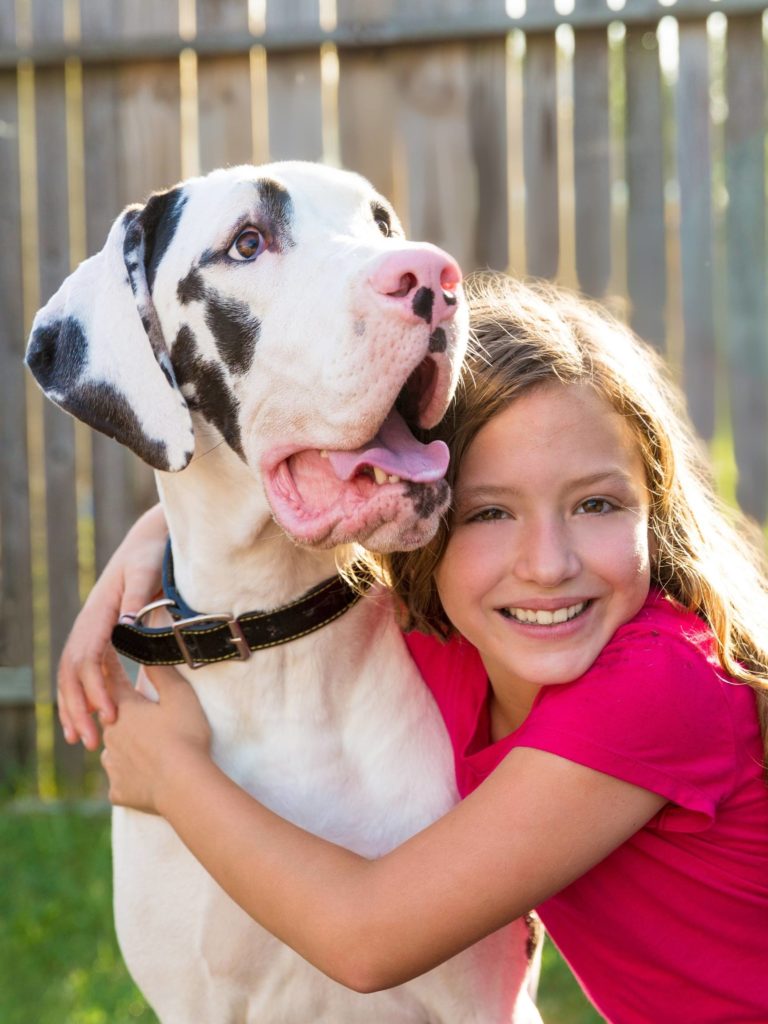
Stop Puppy Biting
Great Dane puppy biting catches a lot of family members off guard.
They are so big and their mouths are so BIG!
The first thing to remember is that puppies bite. It is developmentally appropriate for them as they are teething and exploring the world with their mouths.
That being said, there are things we can do to help redirect this behavior:
Encourage your puppy to nap! Over-tired puppies tend to roughhouse and become inconsolably wild. See above where we talk about dog crate training; this is a major reason why!
Make sure your puppy is getting enough calm socialization, exercise, and mental stimulation throughout the day.
Provide your puppy with age-appropriate chew toys and bones. This will help redirect their need to mouth on you and your clothes.
Be consistent with rules and boundaries. Keep your puppy on a leash and redirect them away from puppy biting and playing rough.
Teach your children (and yourself) to cross your arms, sigh, turn your back, and WALK AWAY from a wild nippy Great Dane puppy!
The puppy will quickly learn that the biting game means nobody wants to play with them, and the behavior will go away.
How to Stop Great Dane Puppy Biting
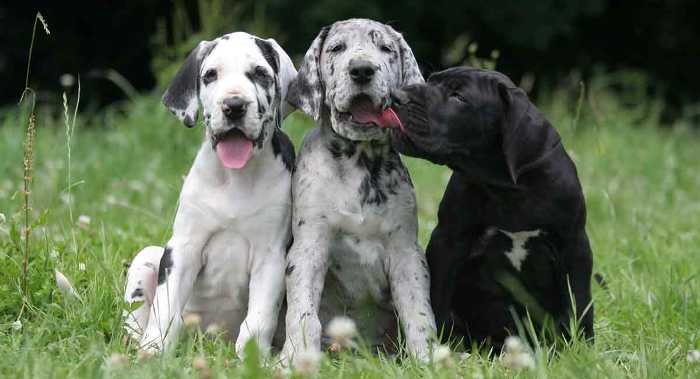

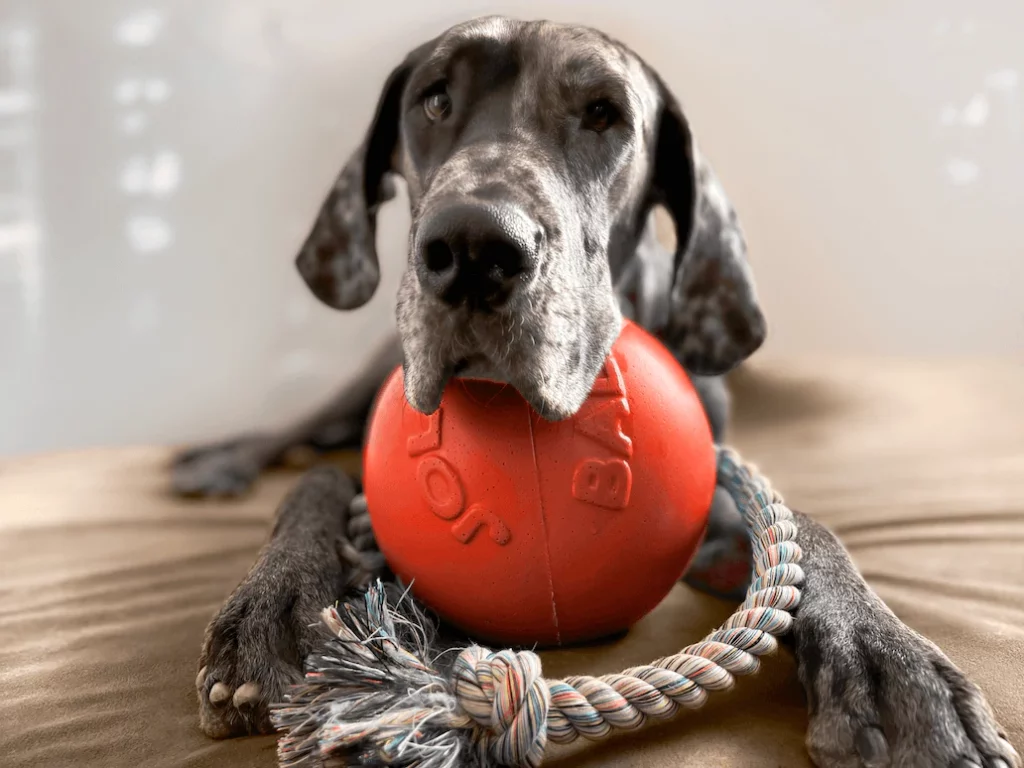

Teach your puppy to stop chasing kids
Great Danes make excellent family dogs but you have to get past the rough play stage.
While your kids play in the yard, you may find that your puppy wants to chase, nip and jump on them. A puppy must be taught how to behave properly in this situation, as large dogs like this can accidentally hurt children (without meaning to).
We recommend that you keep your puppy on a leash while they are outside during training. This will help you to control them and stop them from chasing after your kids.
You should then use LOTS of positive reinforcement to reward calm behavior!
Practice releasing your puppy to play with the kids gently. As soon as rough play starts, say ‘uh-oh’ and bring your pup back to your side on a leash. After a few repetitions, most Great Dane puppies are smart enough to understand the rules.
Off-leash training for Great Danes
We recommend that all Great Danes be off-leash obedience trained.
Harnesses, collars, and long leashes can cause frustration or worse, orthopedic damage. A dog that is responsive off-leash will be safer on-leash, too! This kind of obedience will keep you, your kids, and your dogs safe.
When you E-Collar train your Great Dane puppy (don’t worry, it’s not a shock collar and we have TONS of resources for you) you won’t have to stress about the kids leaving a door or gate open.
Pulling on the leash, bolting out of doors, chasing after kids in the neighborhood, and jumping the fence will be a thing of the past!
Not to mention the fact that Great Dane dogs benefit greatly from being able to move and explore freely and naturally without physical restraint. 10/10, highly recommend.
Here are some additional resources on E-Collar training!

JOIN OUR COMMUNITY
Do you like modern positive+balanced off-leash dog training, science-based information, life with Danes, educated ownership and chatting with other like-minded people?
Join our growing Facebook group!
READ MORE:
